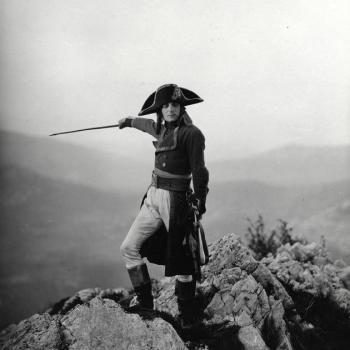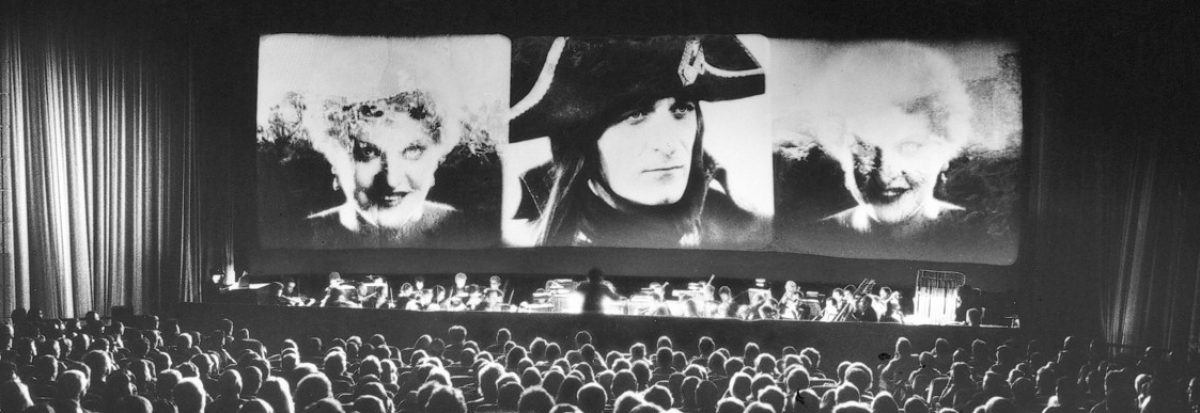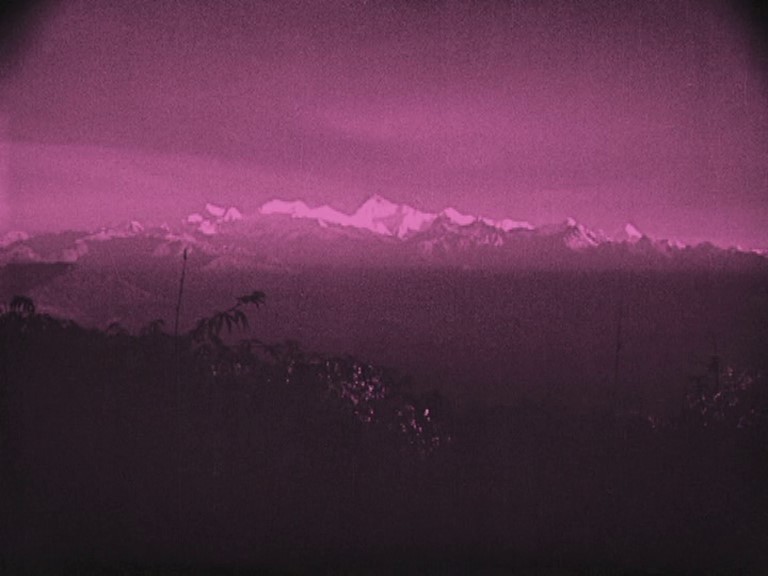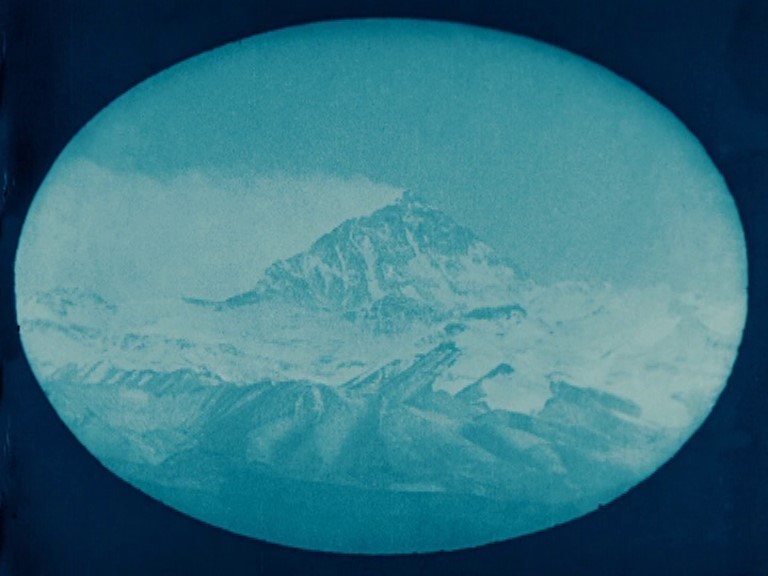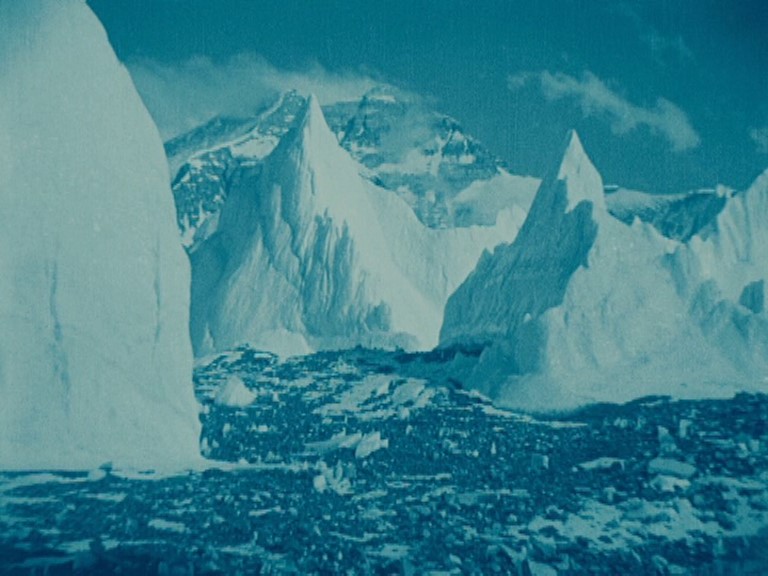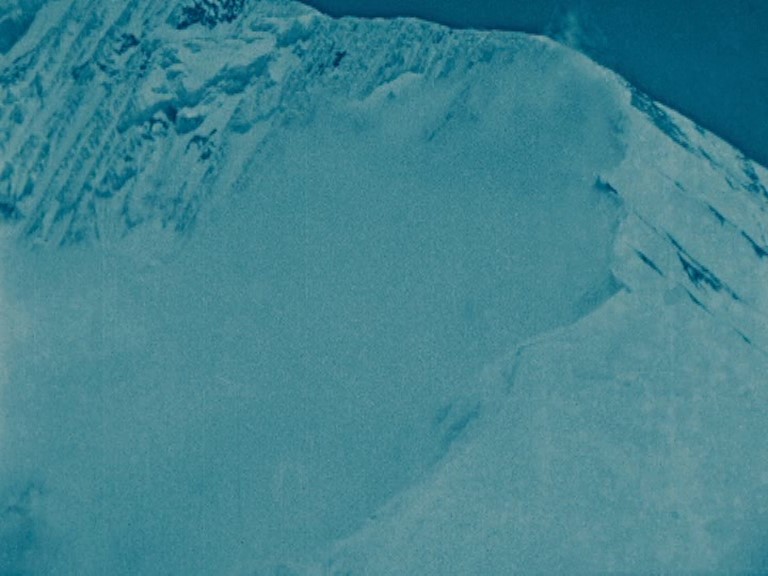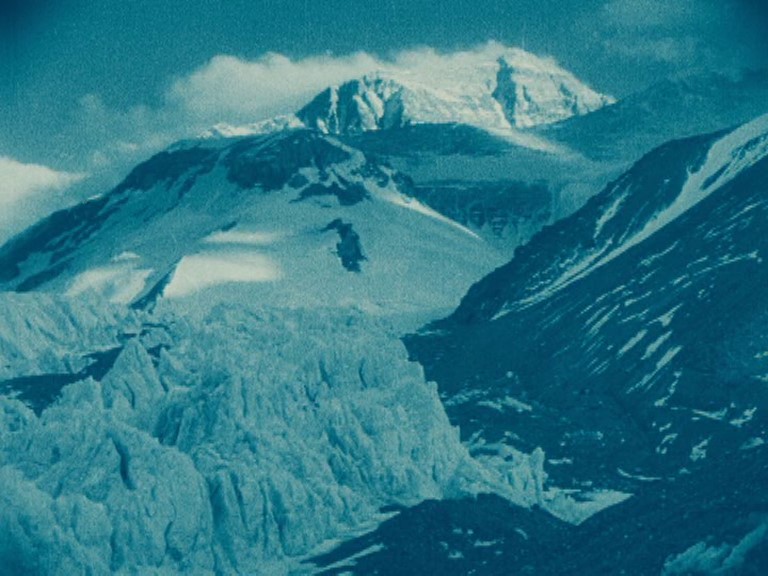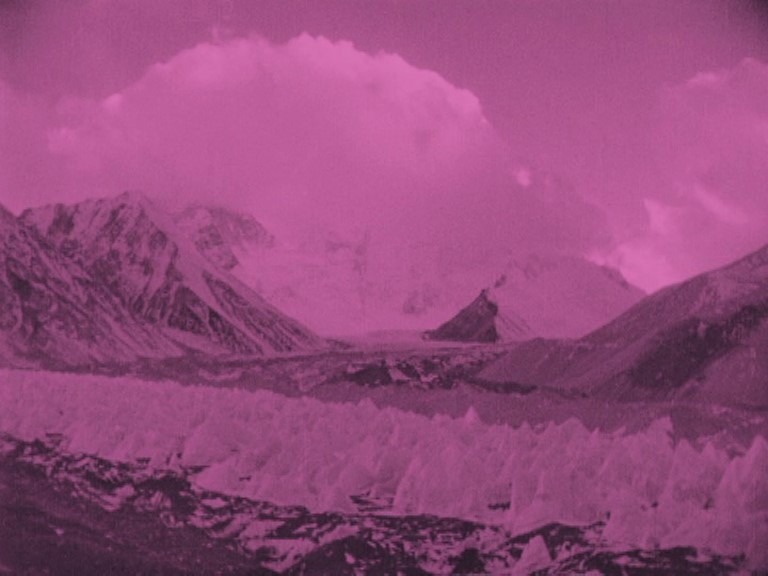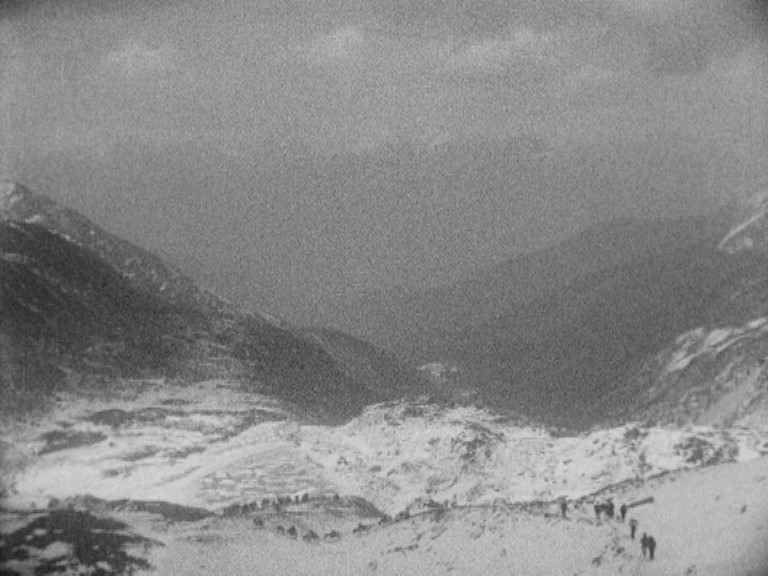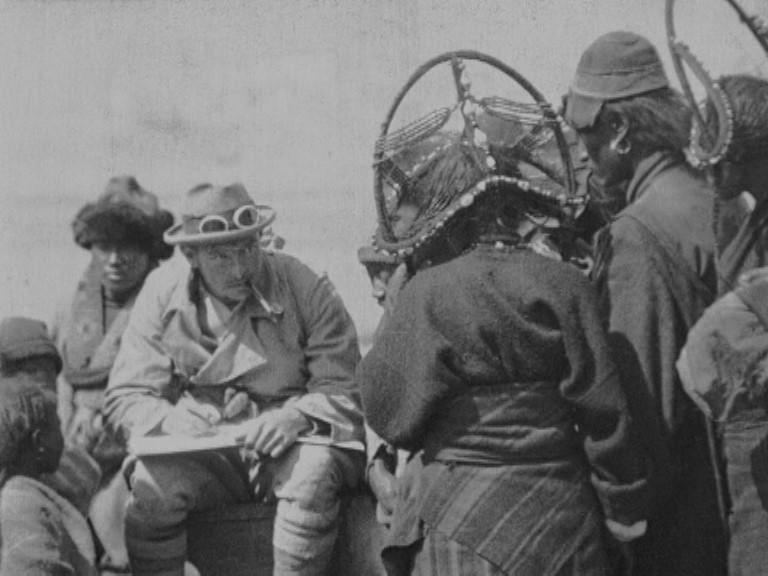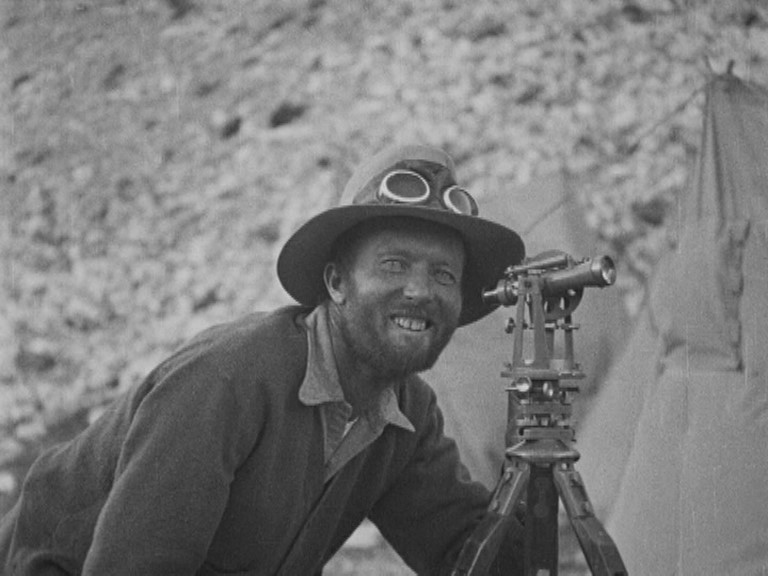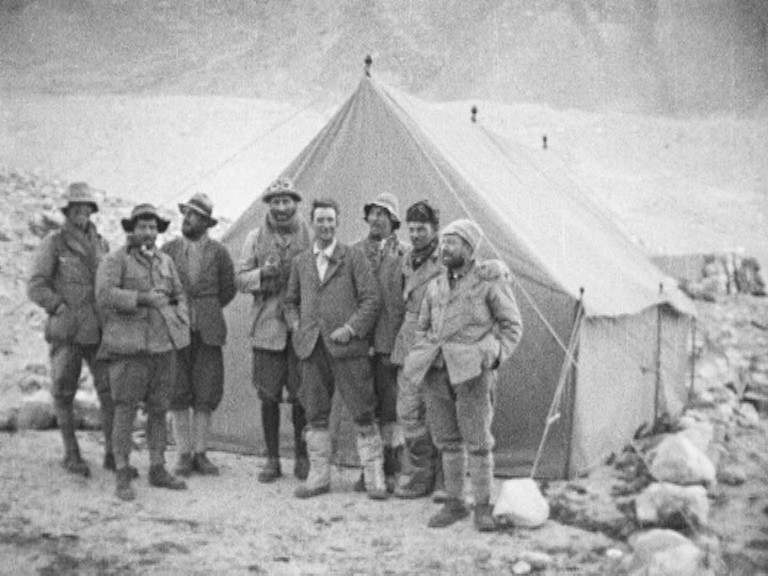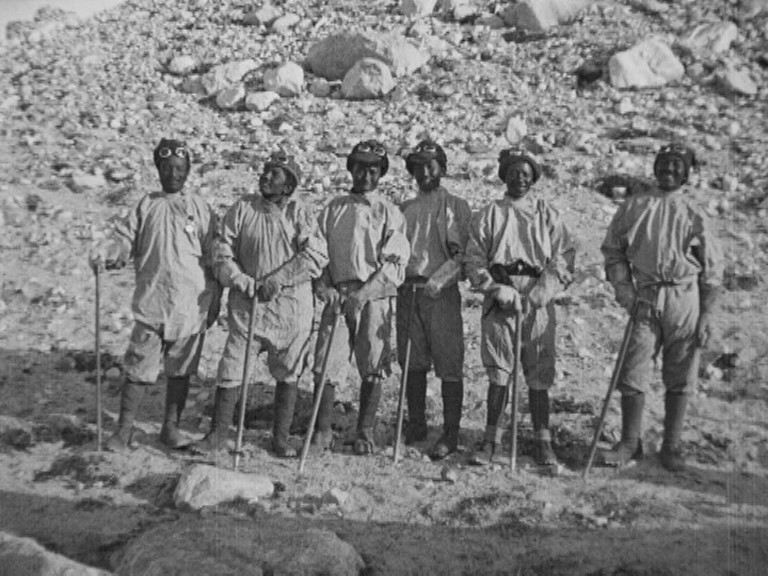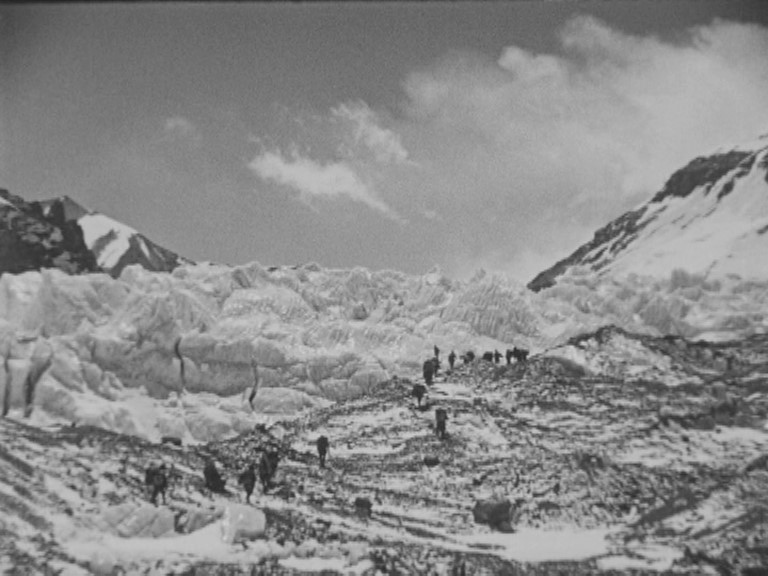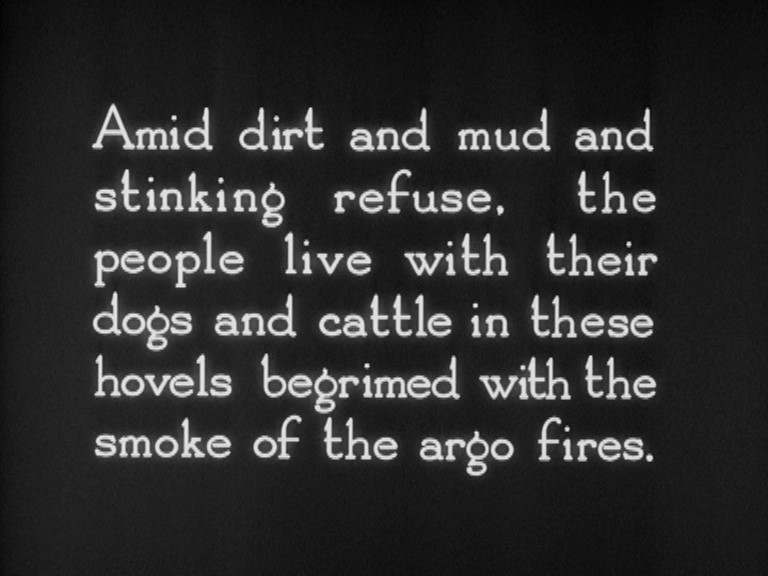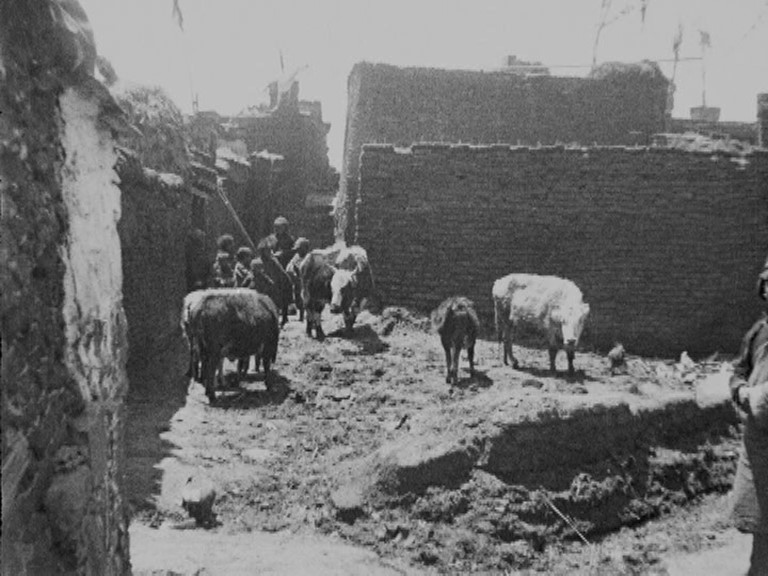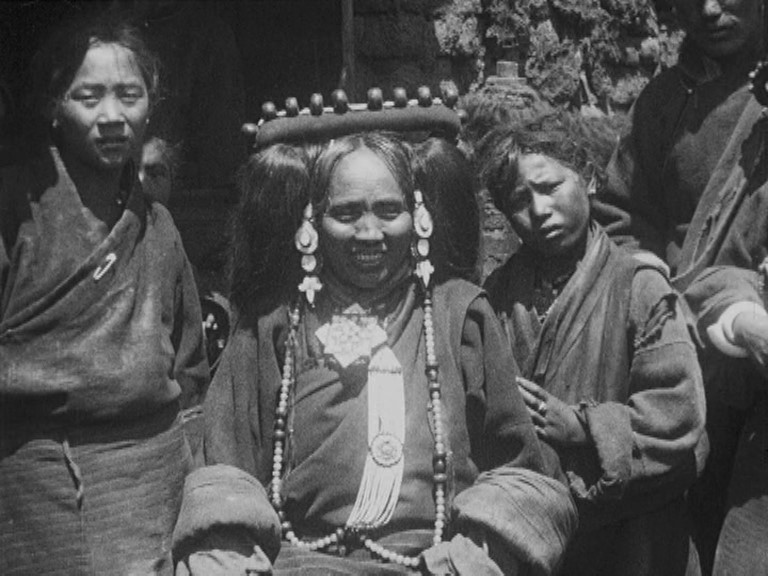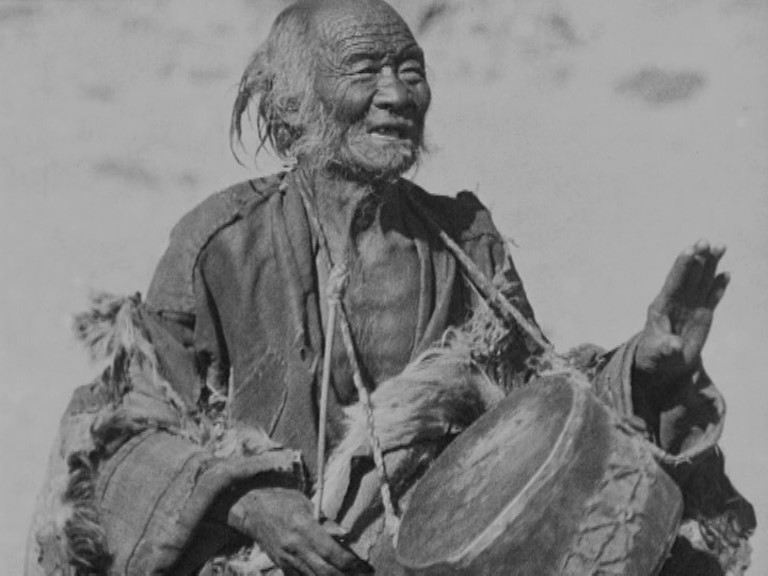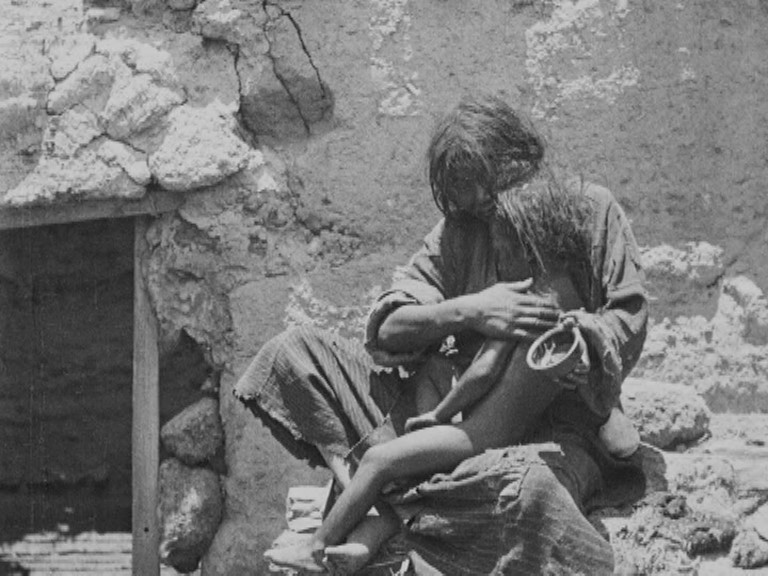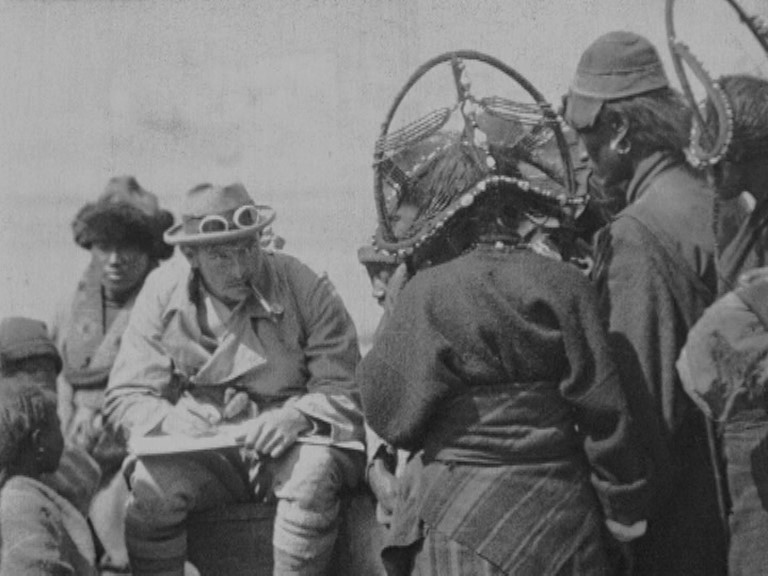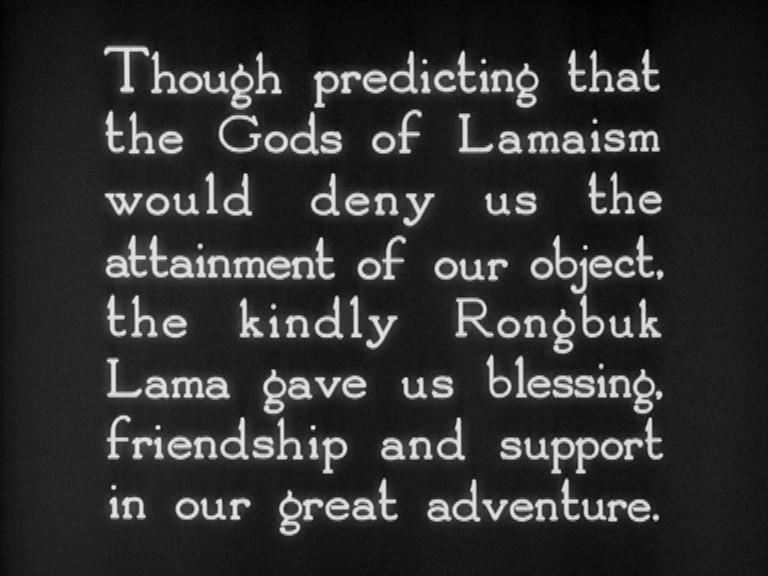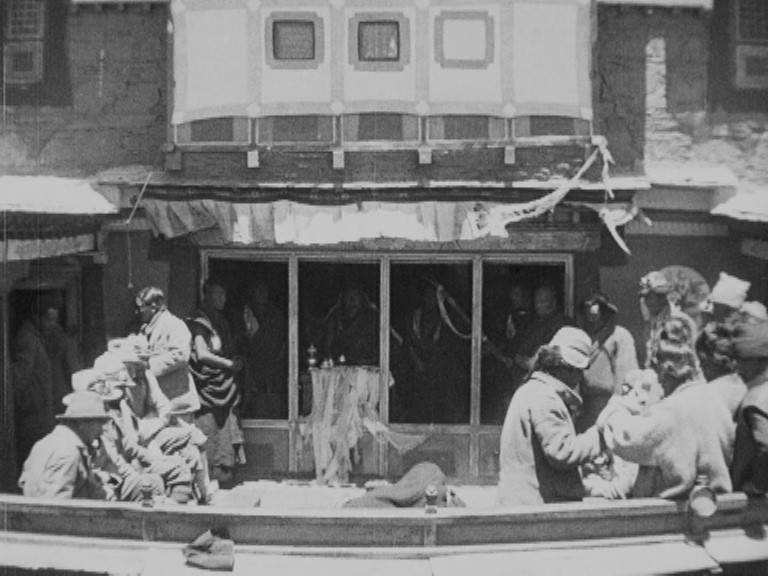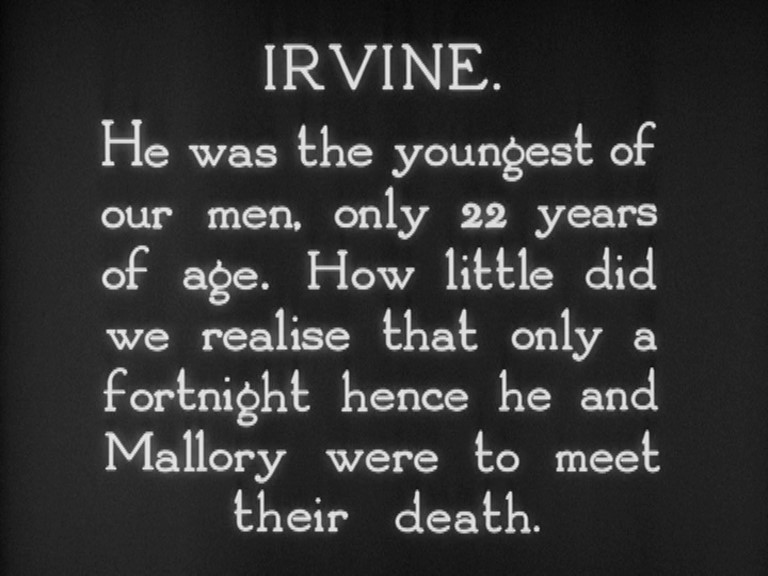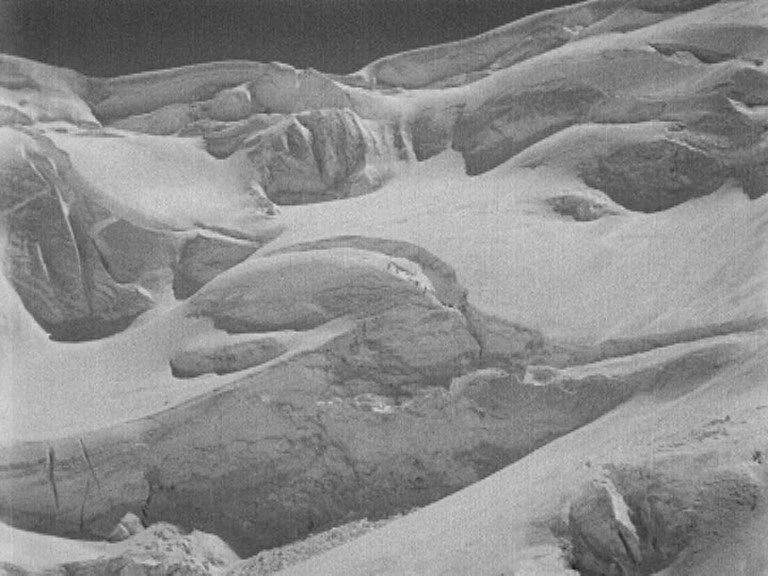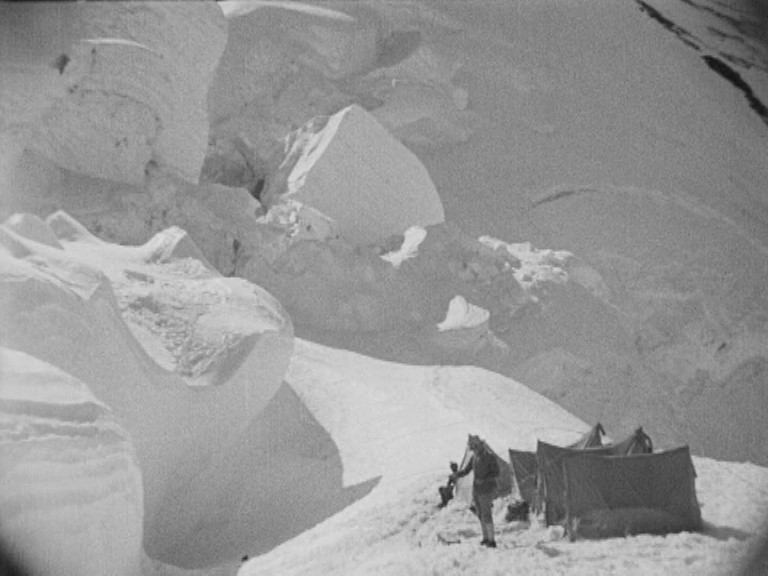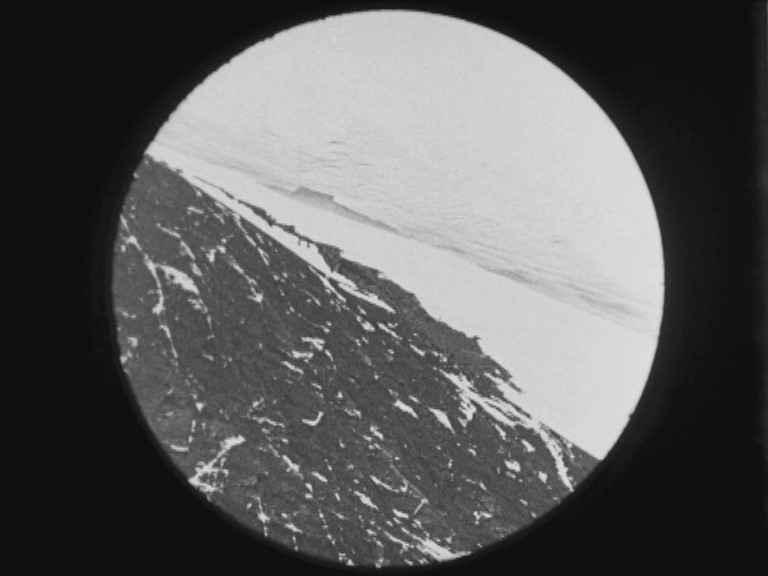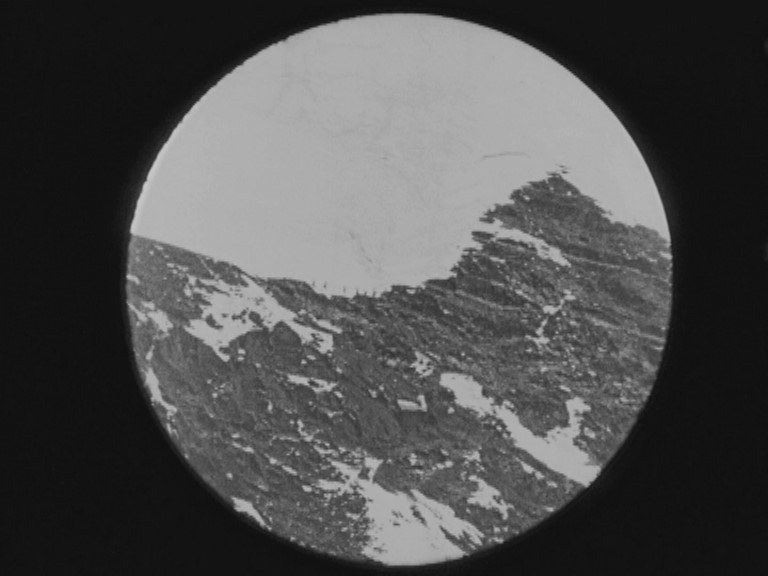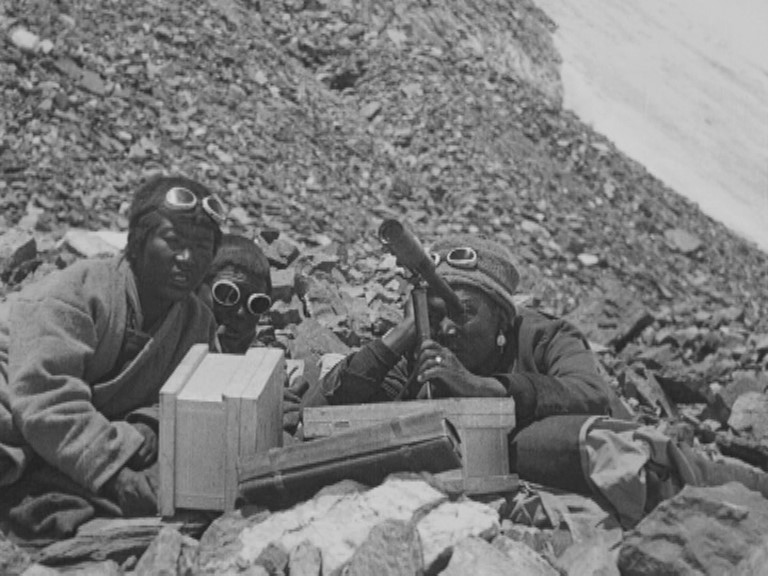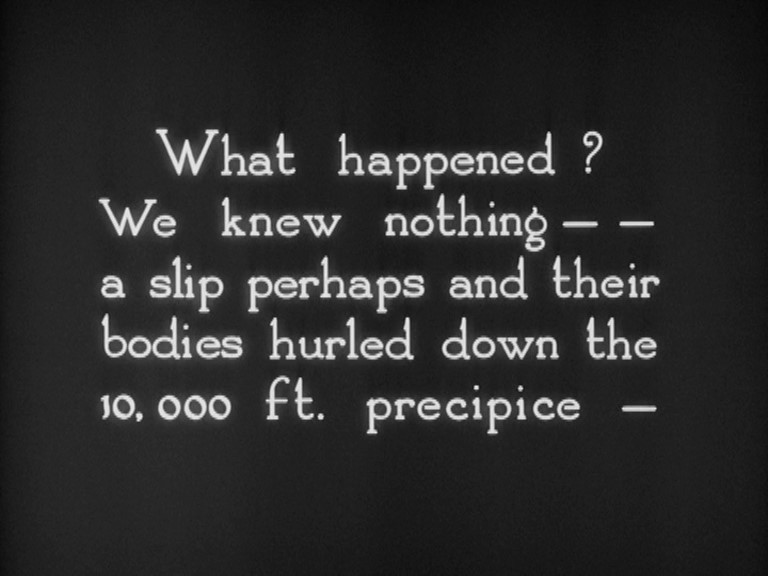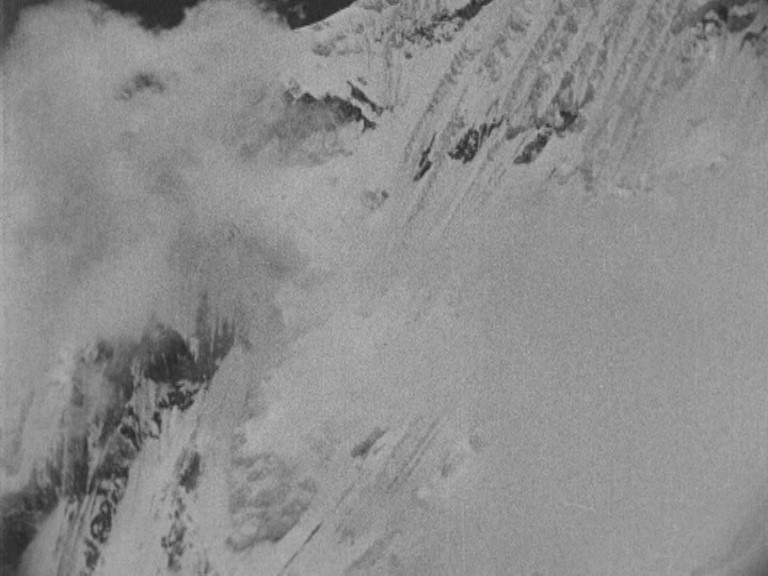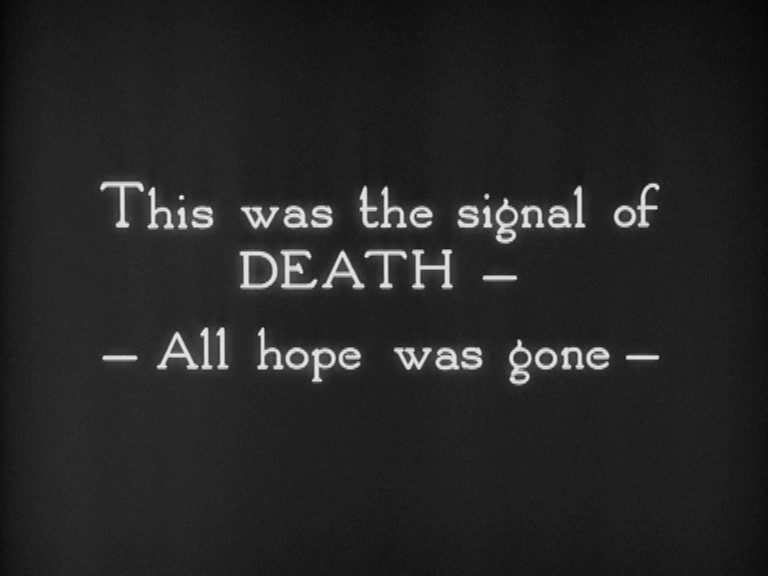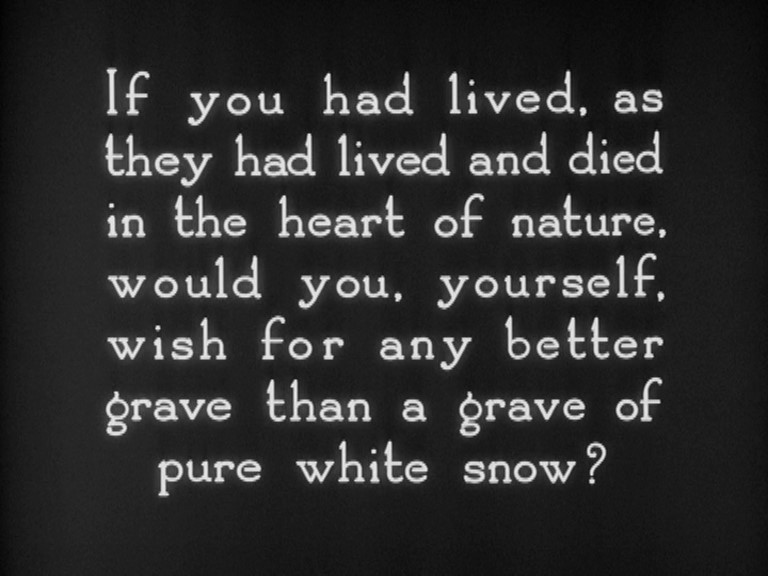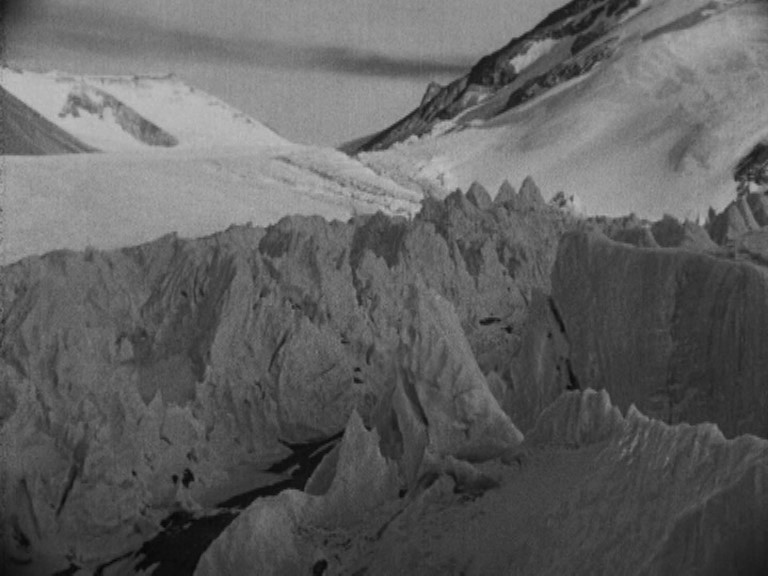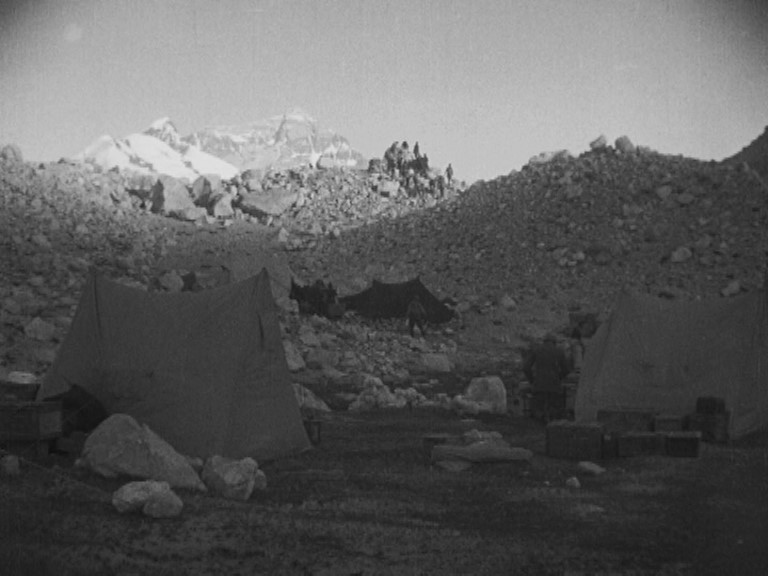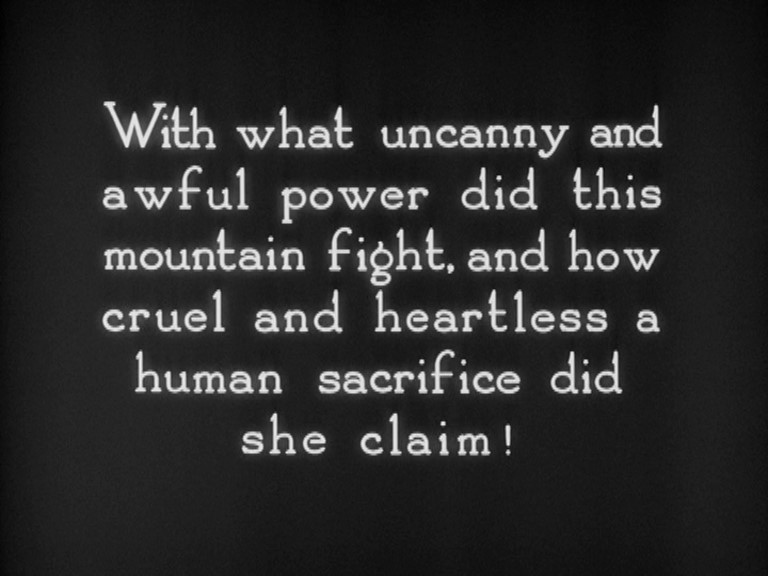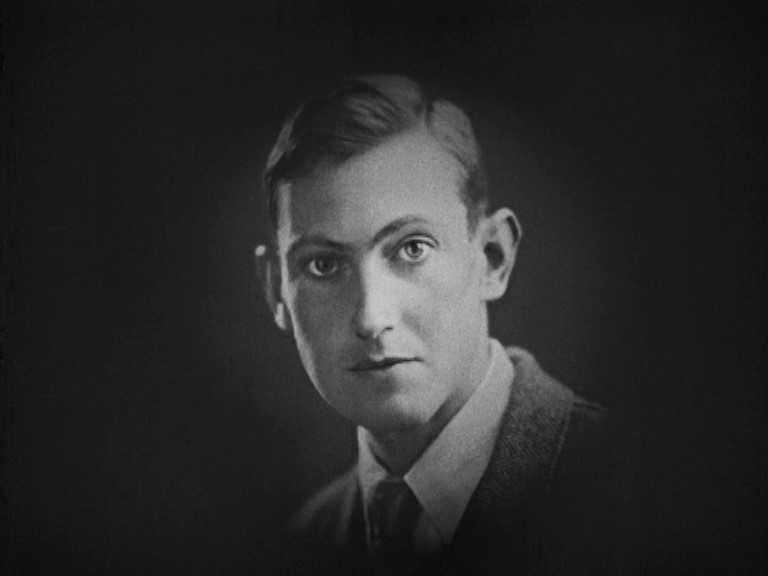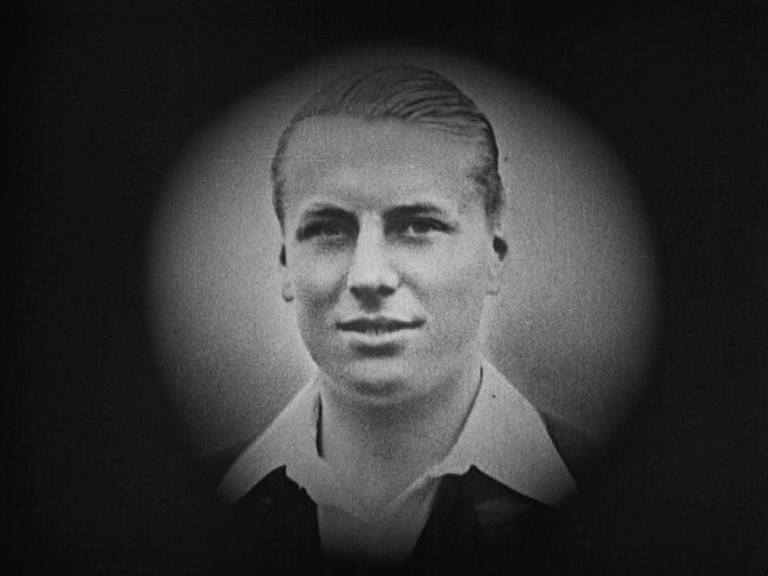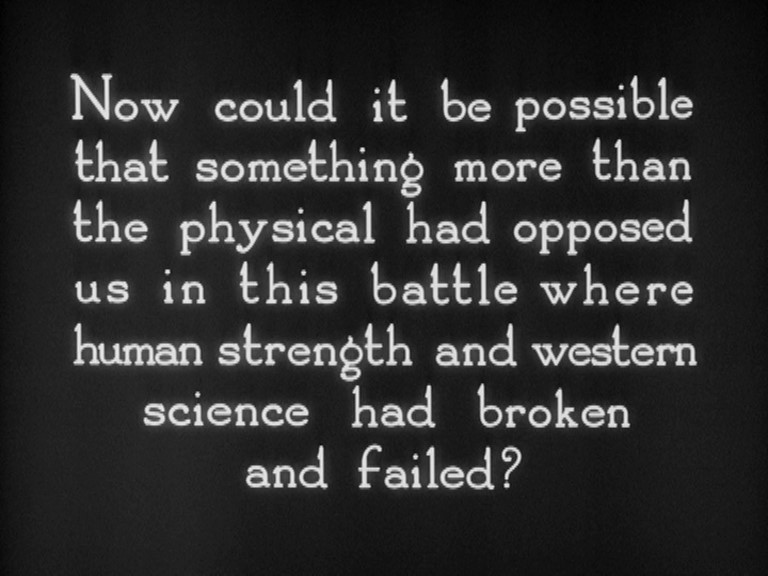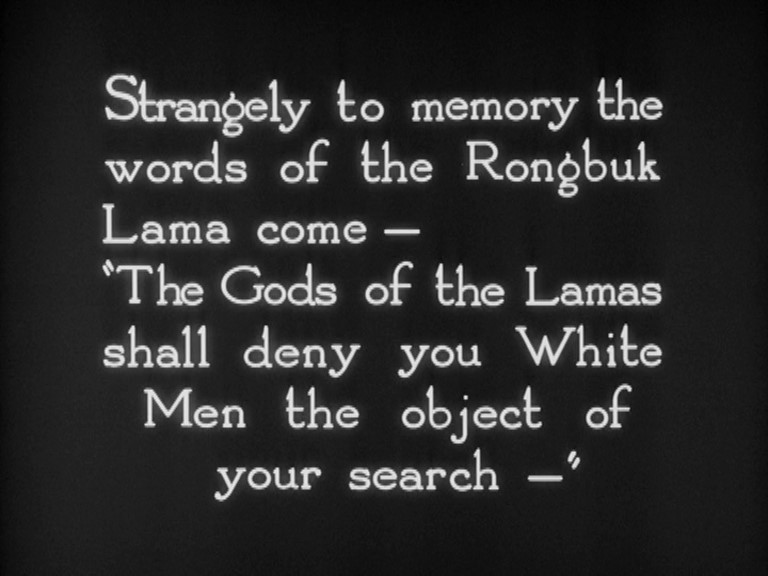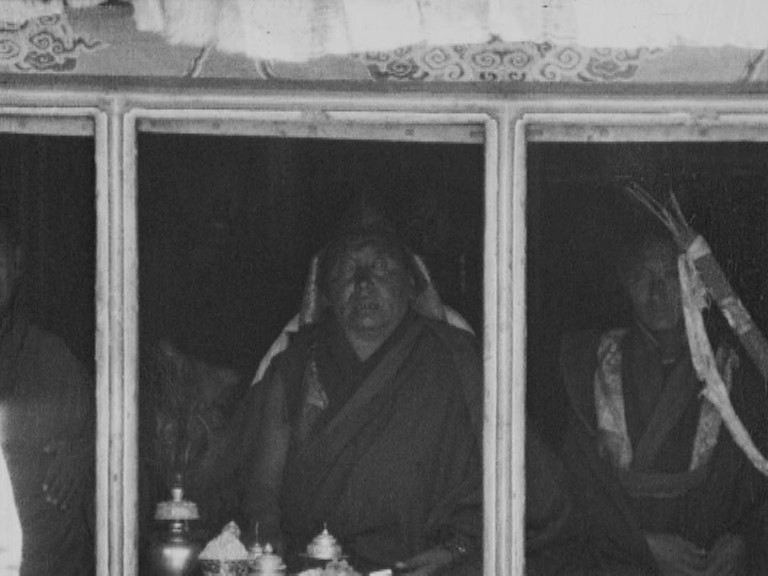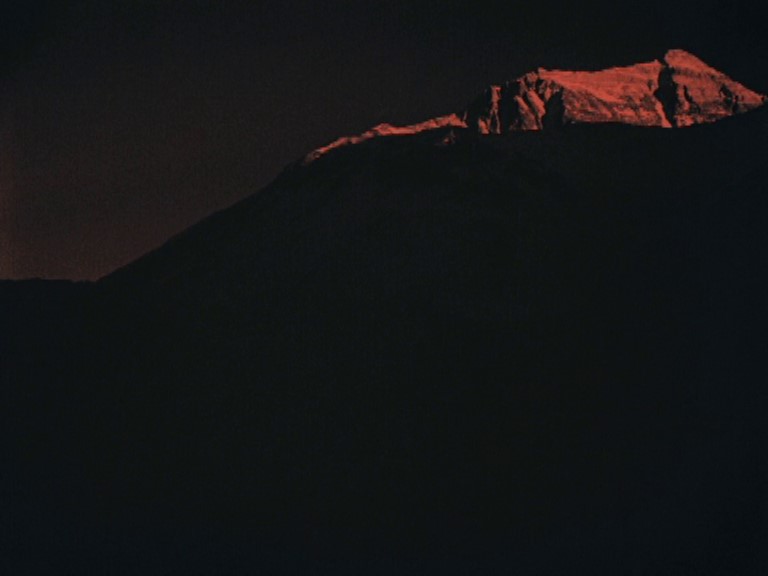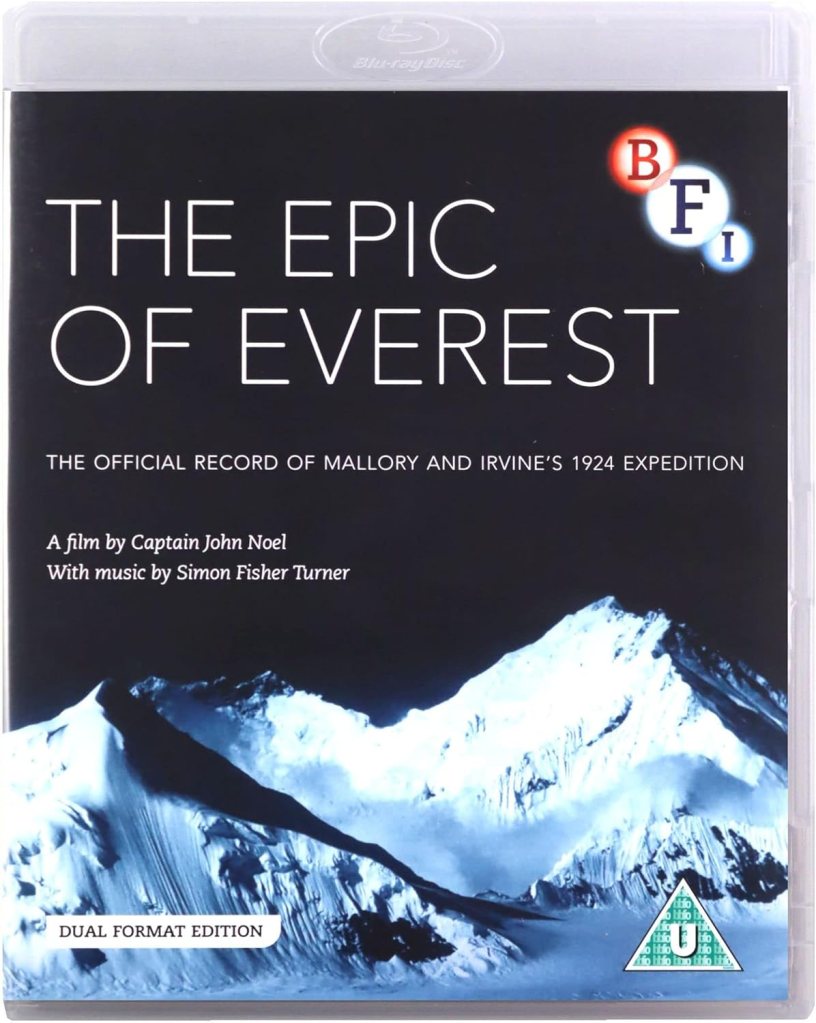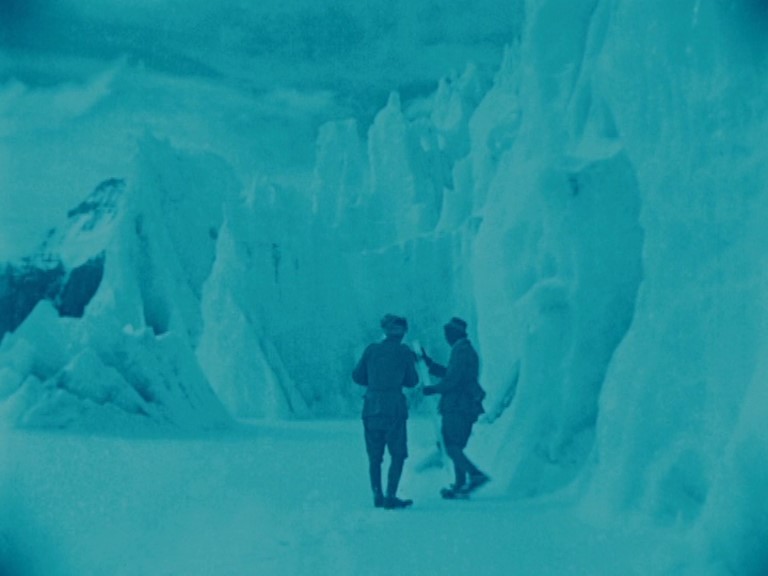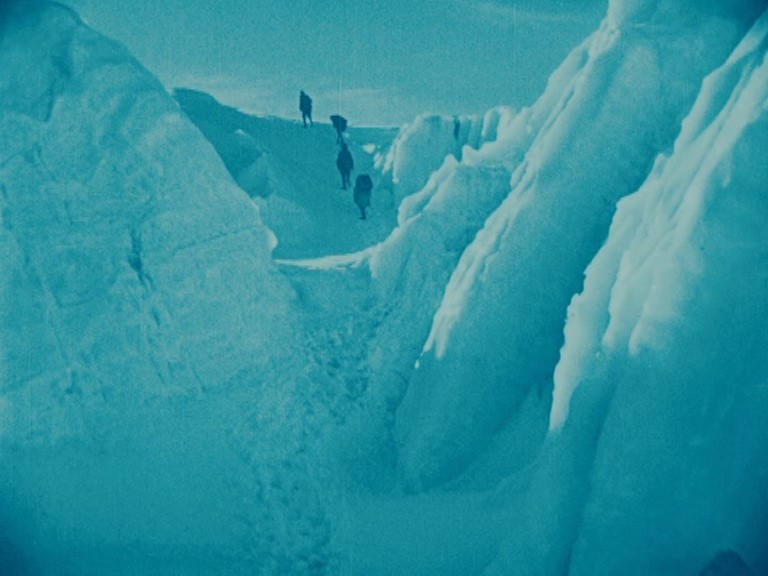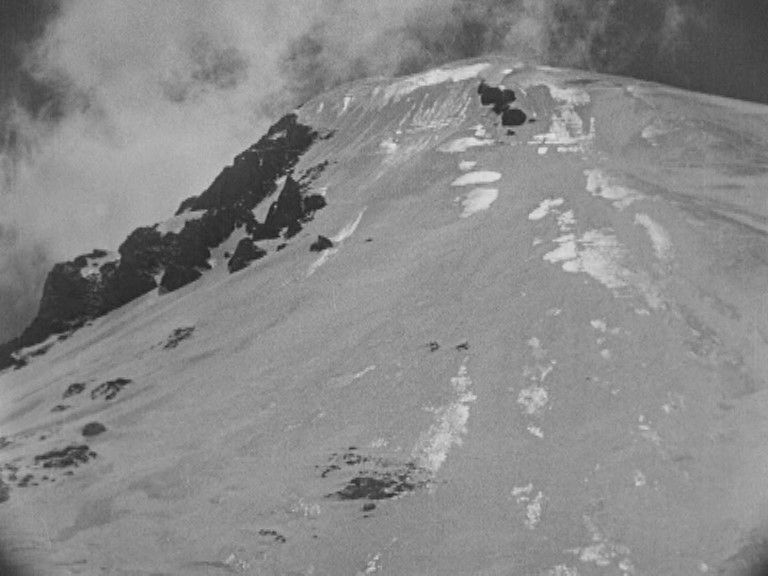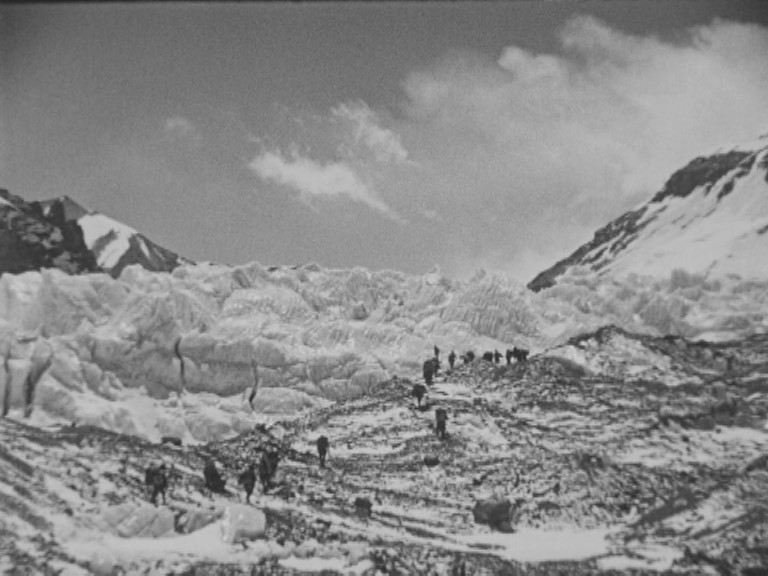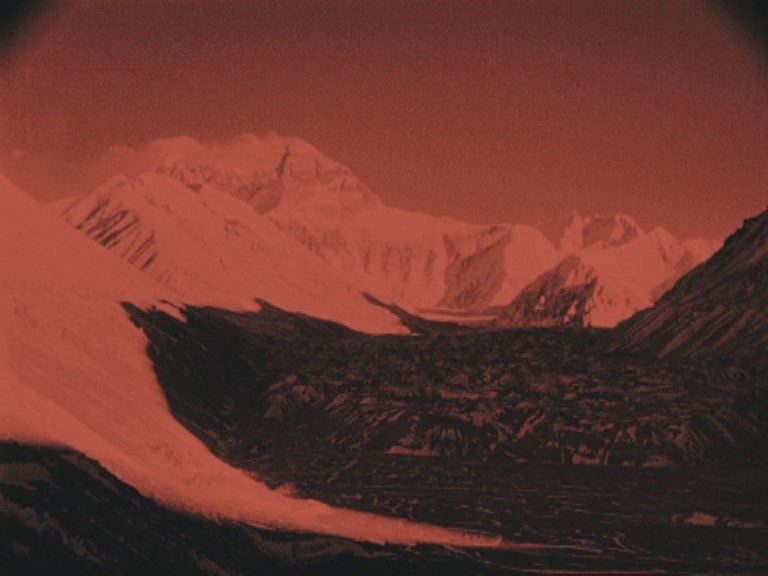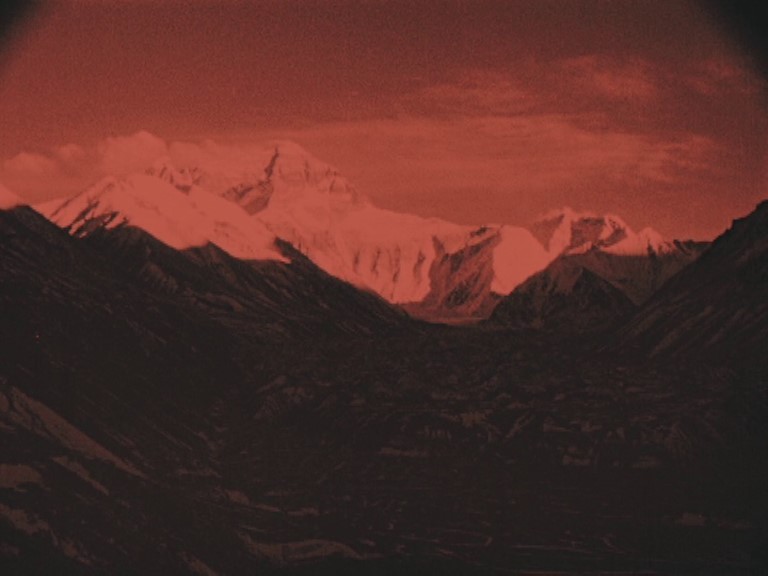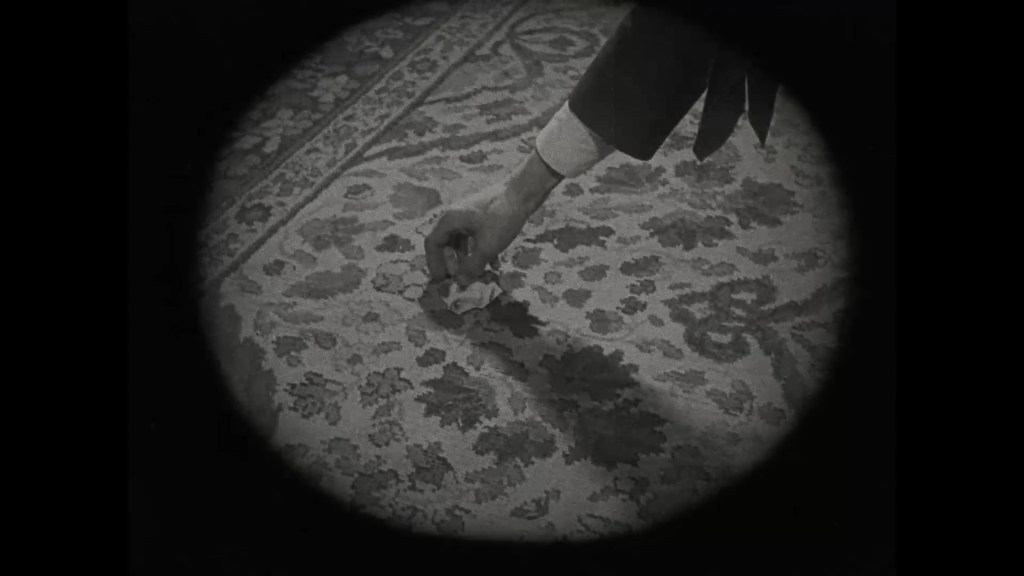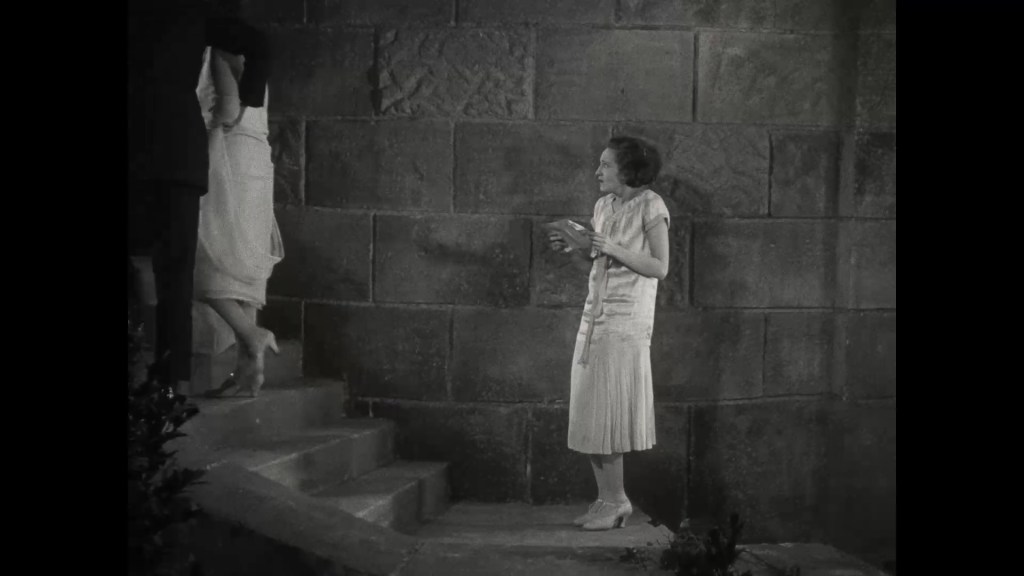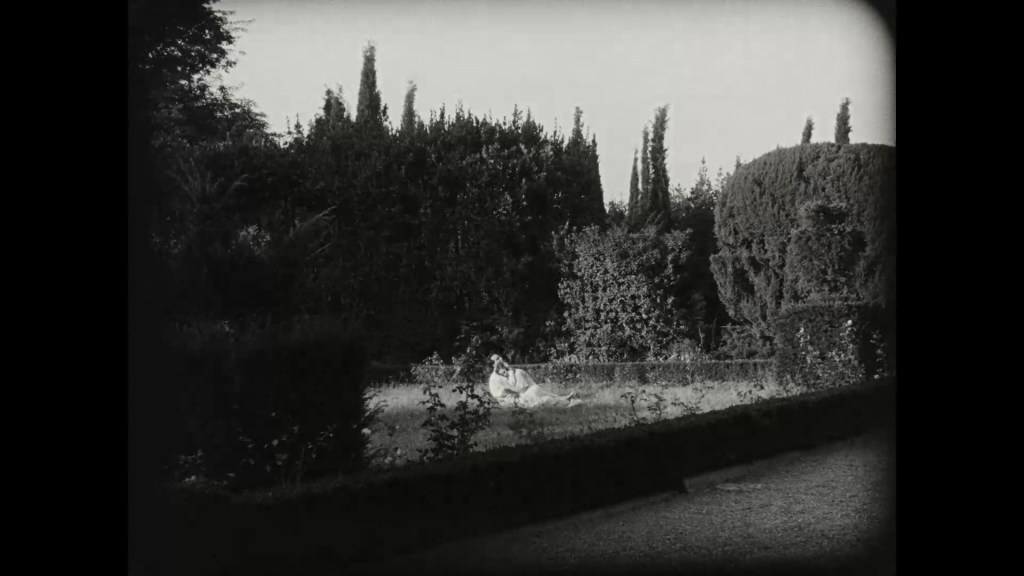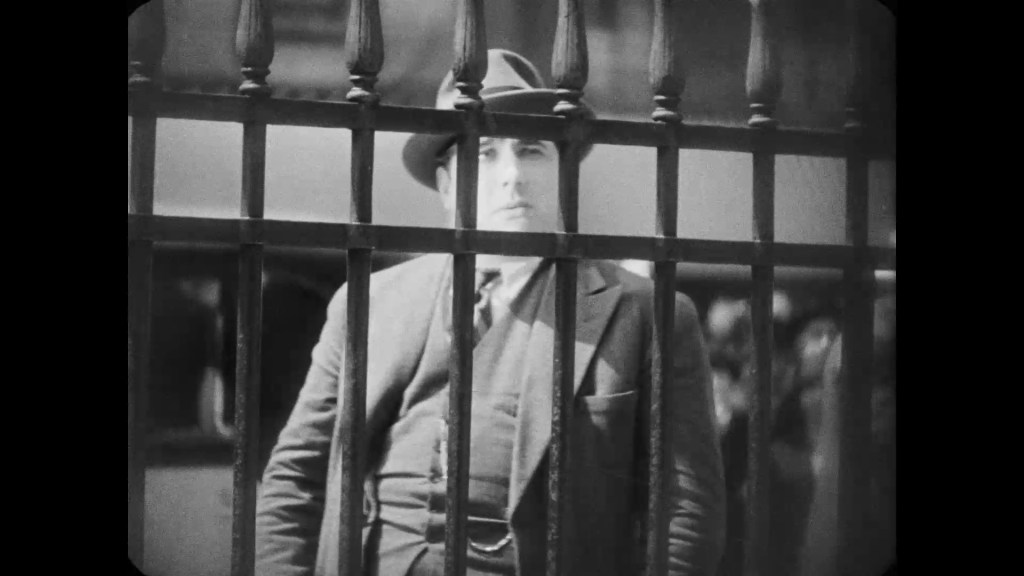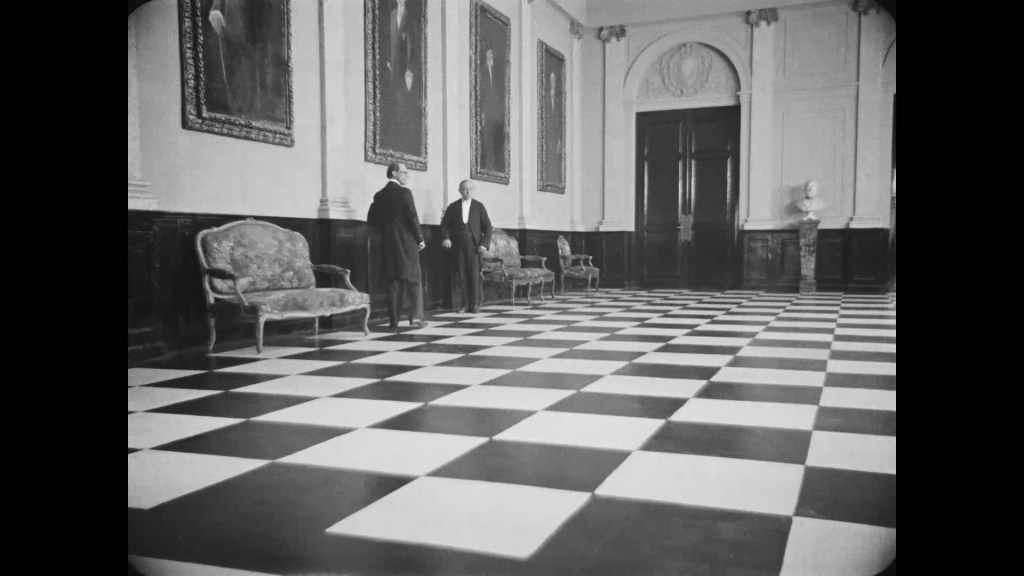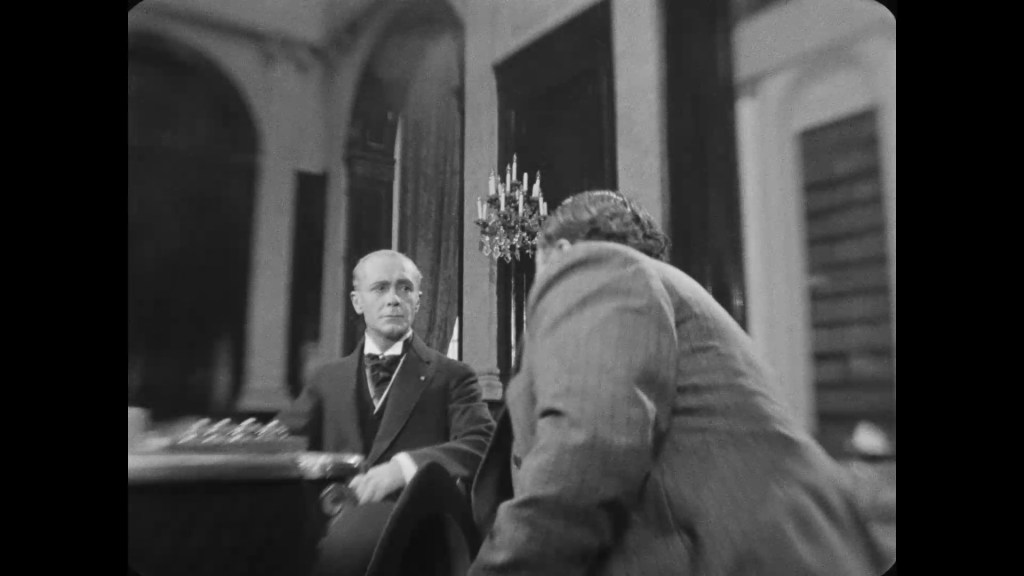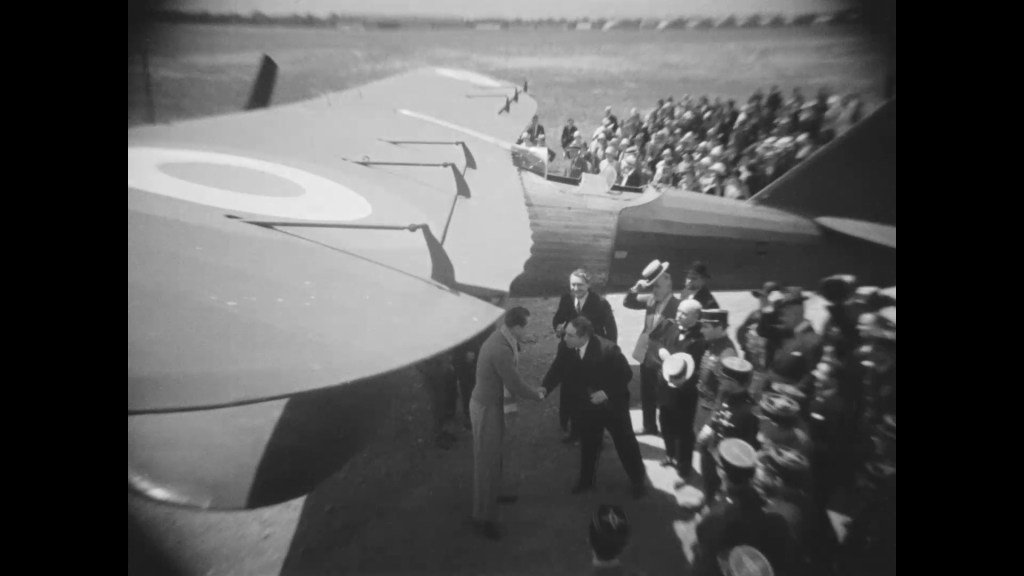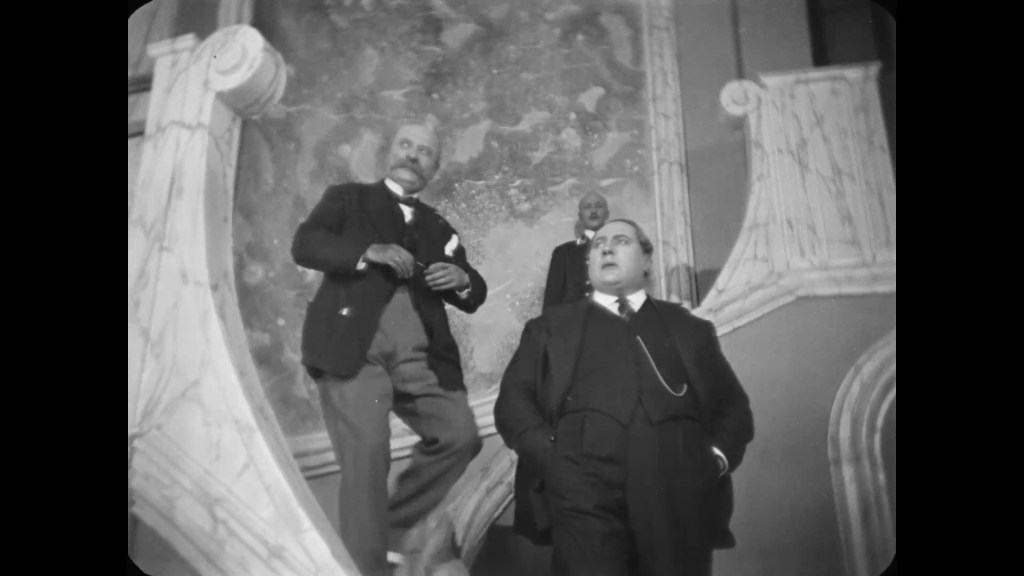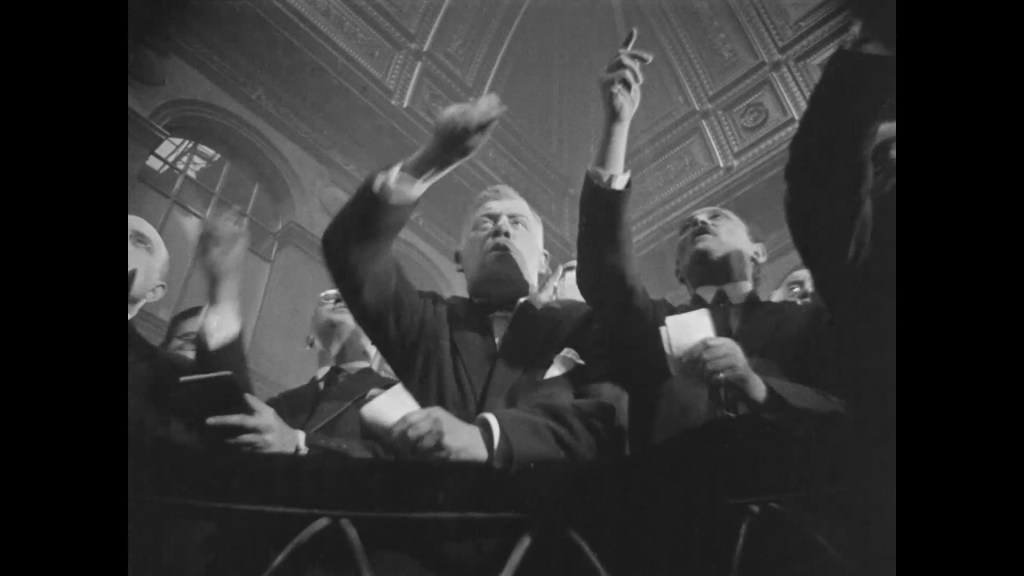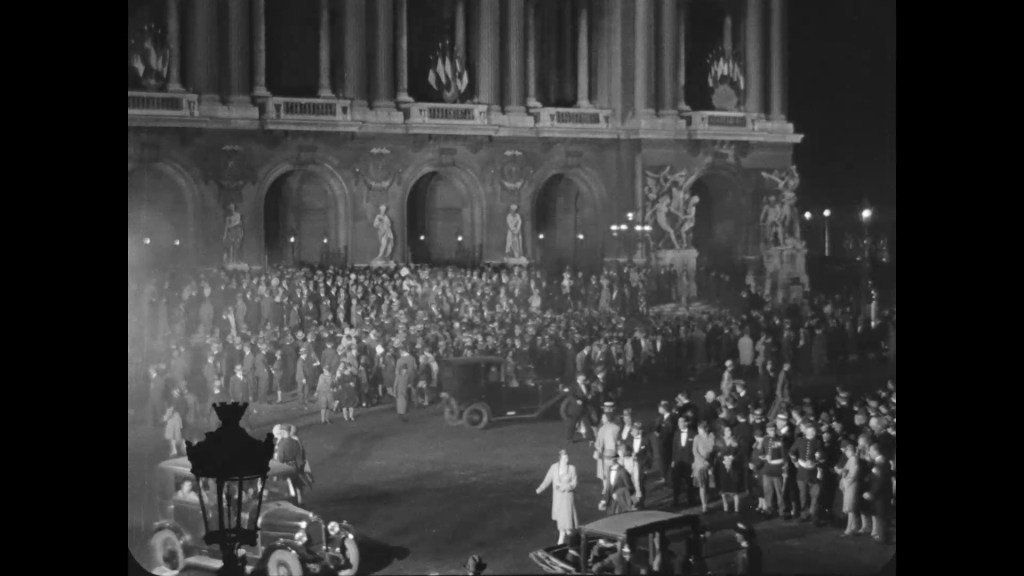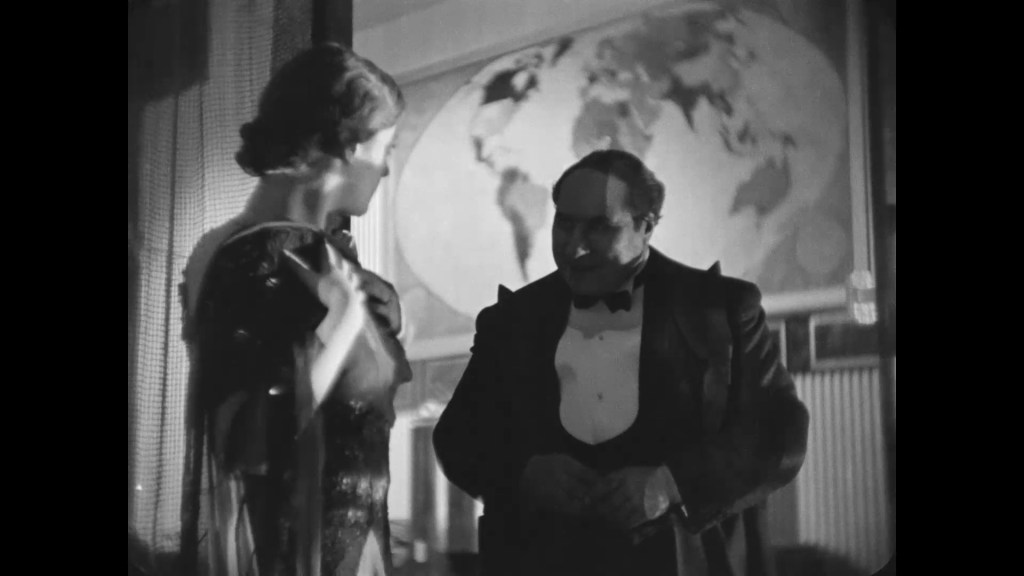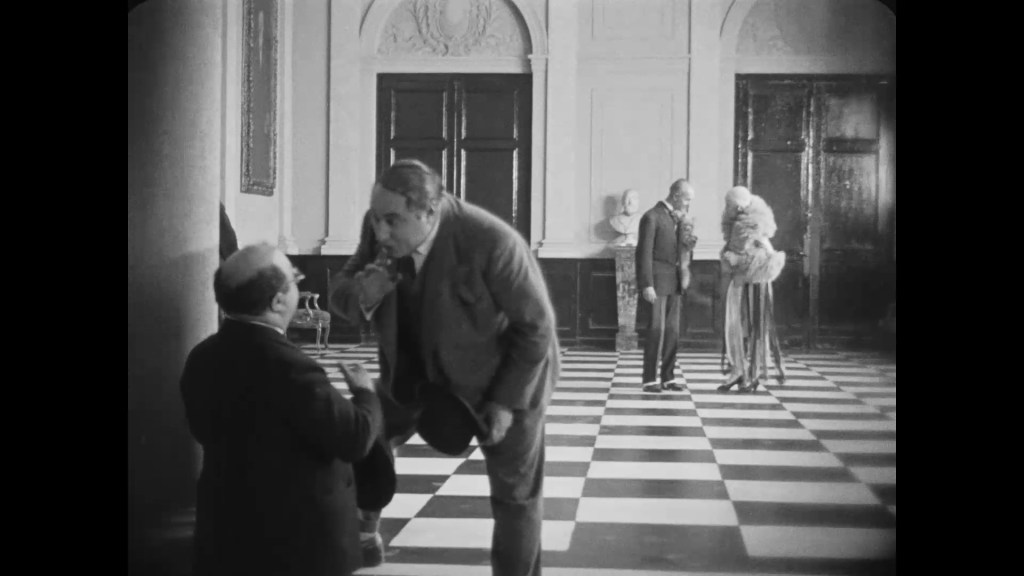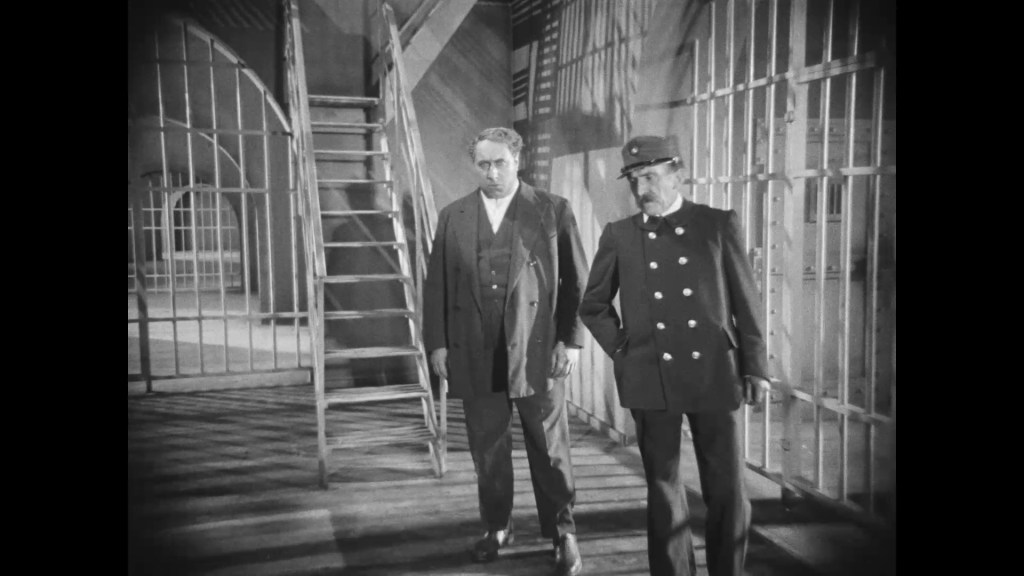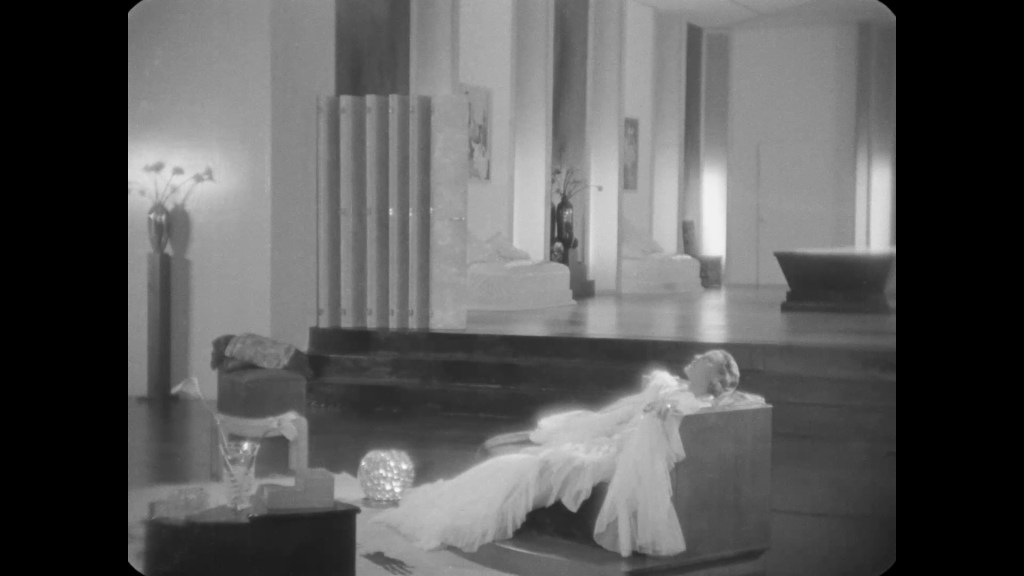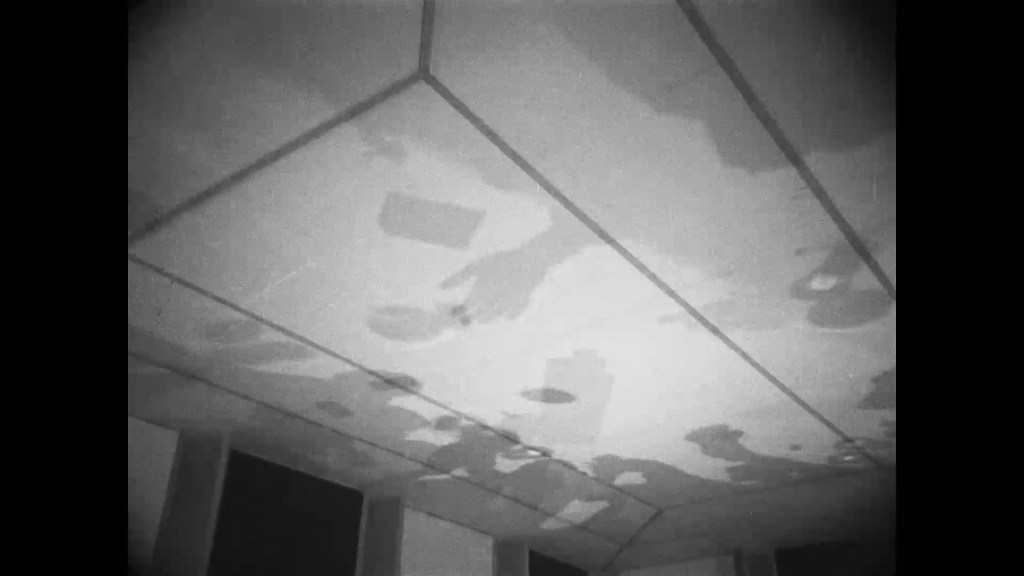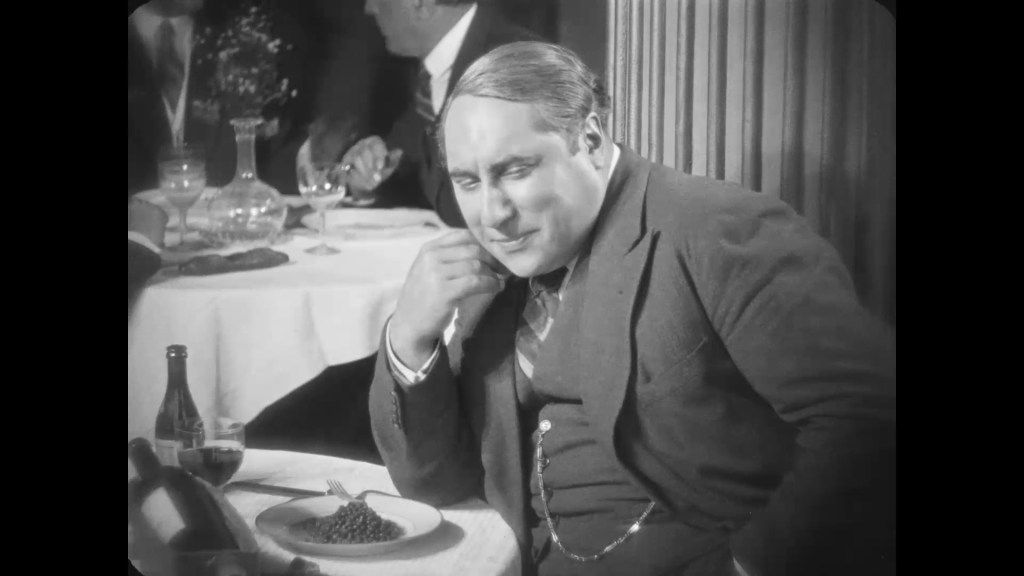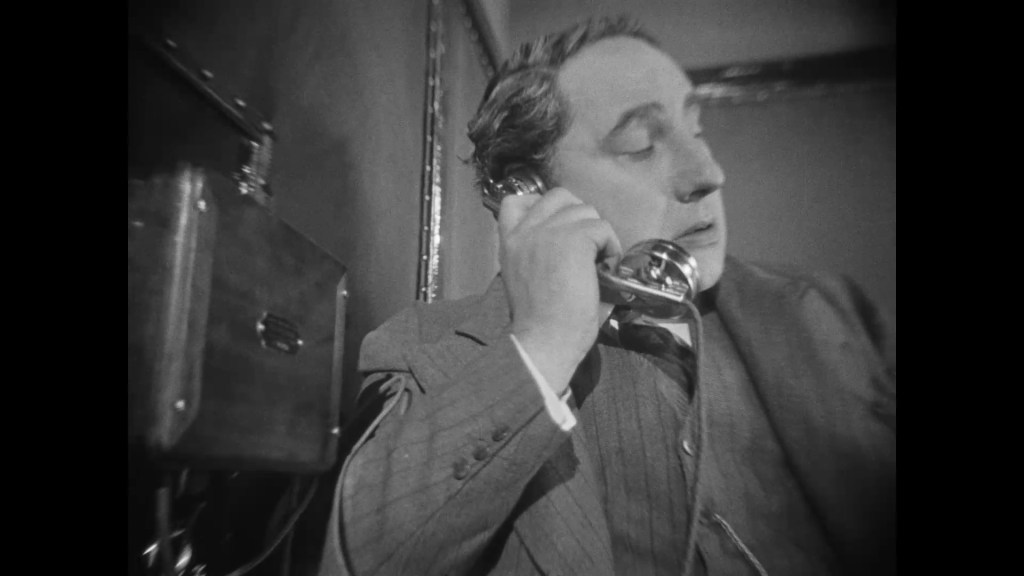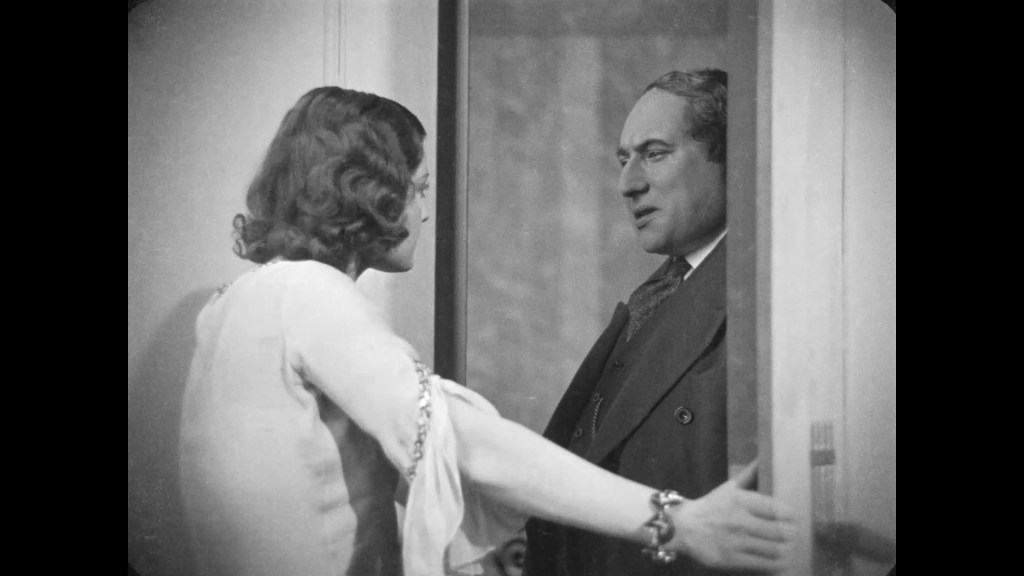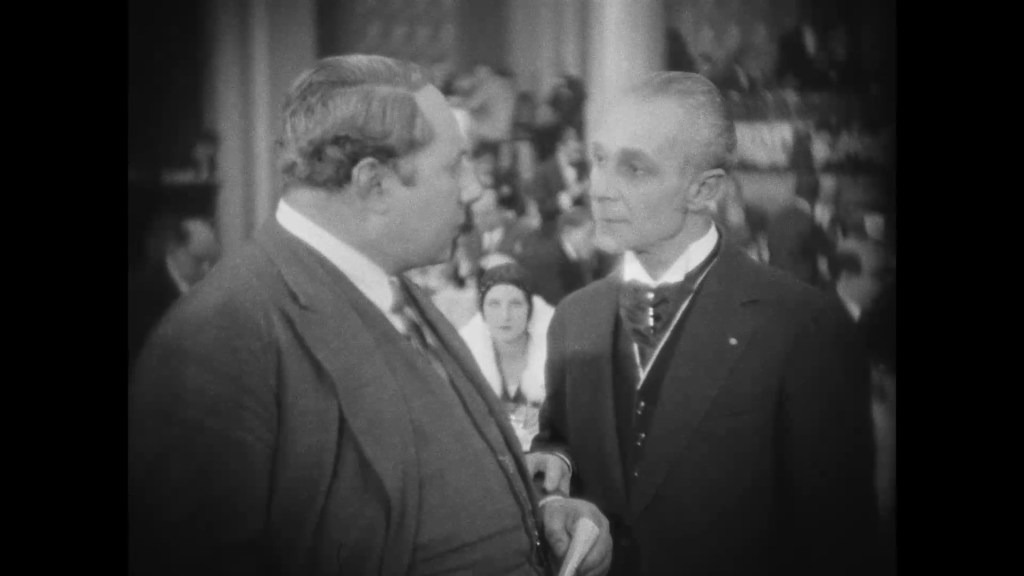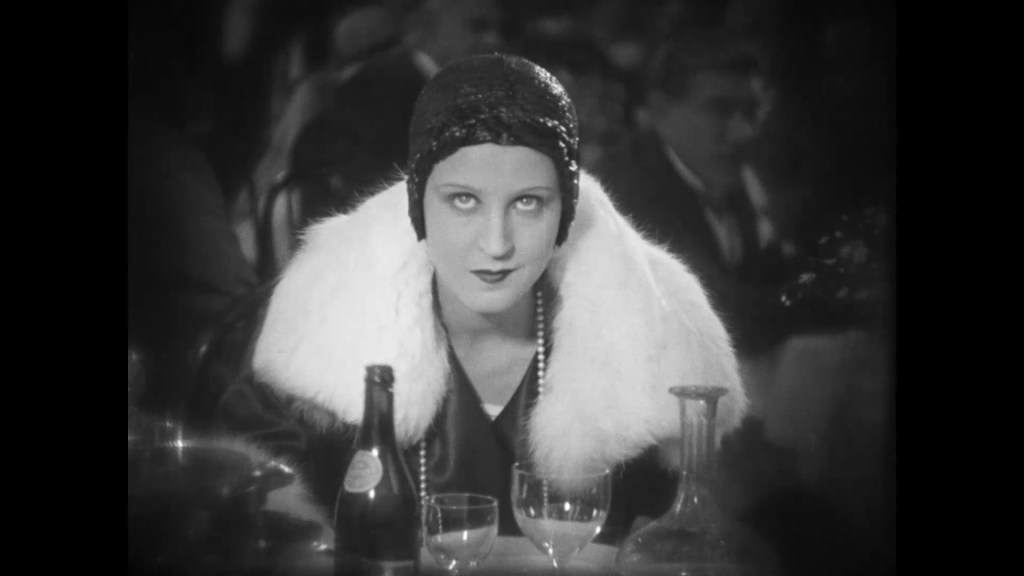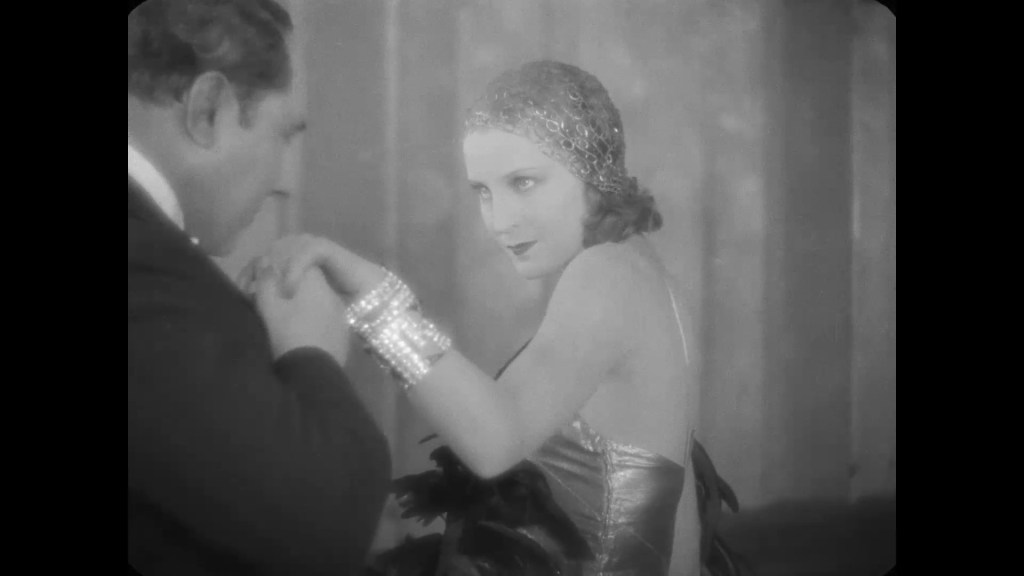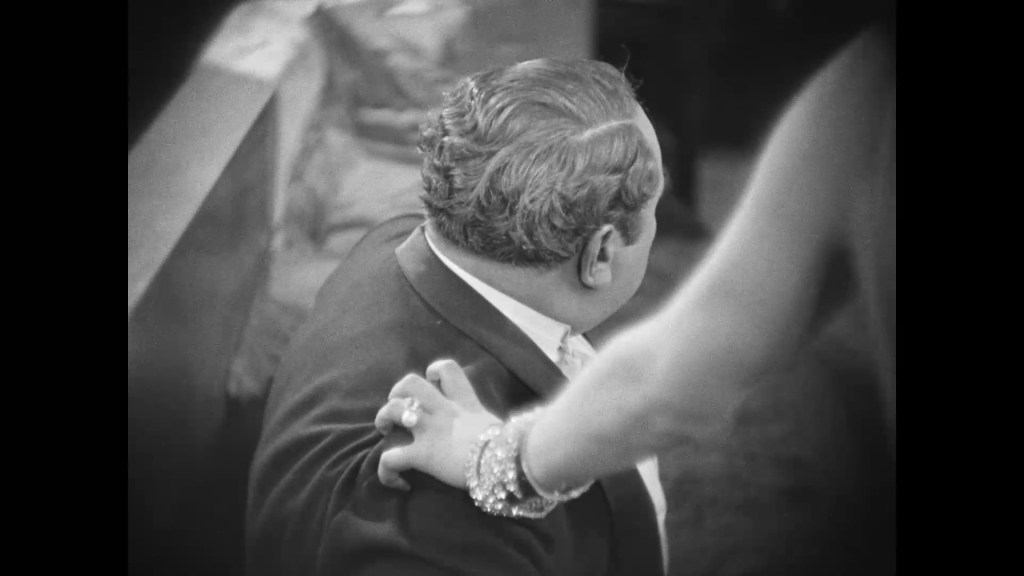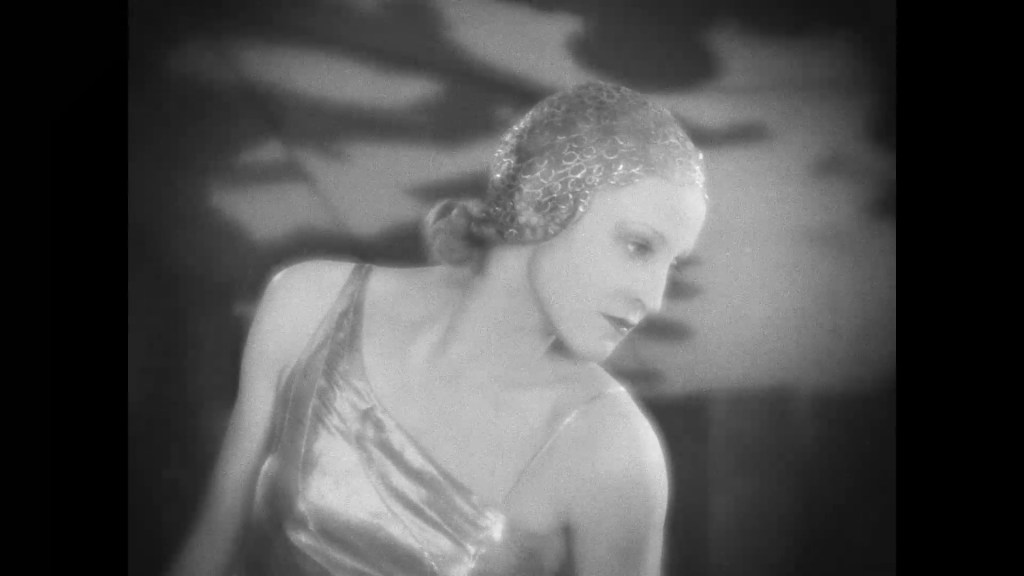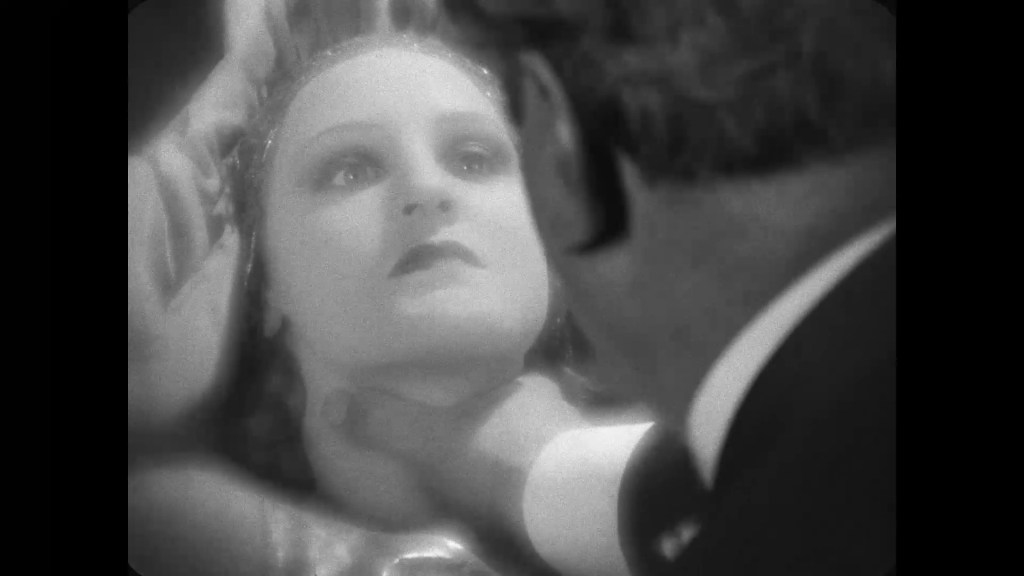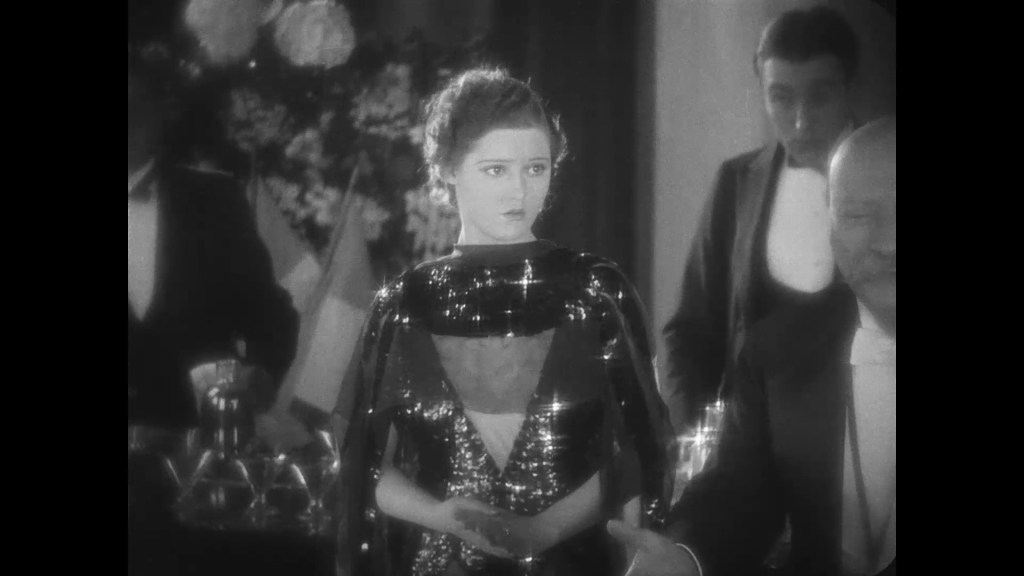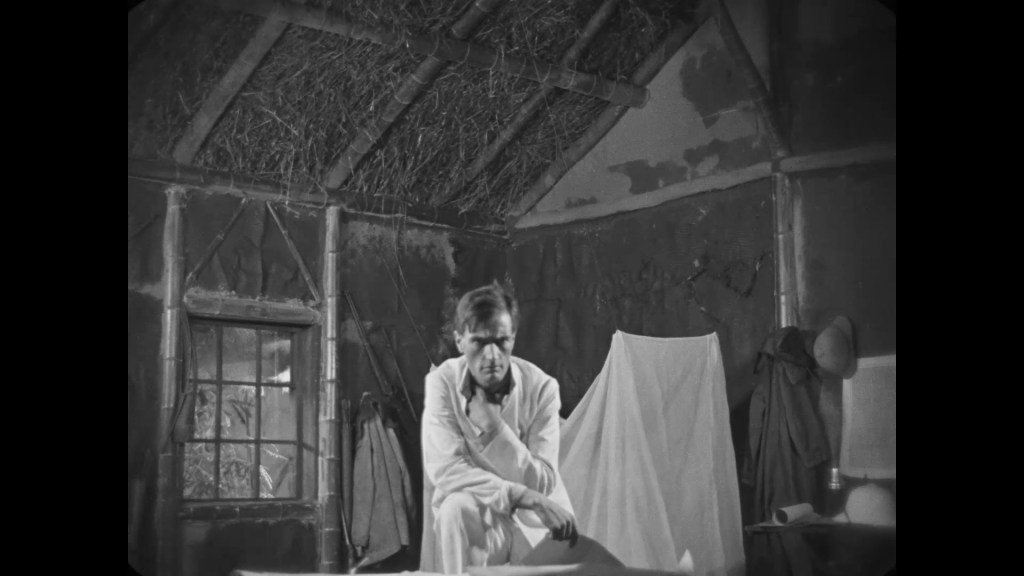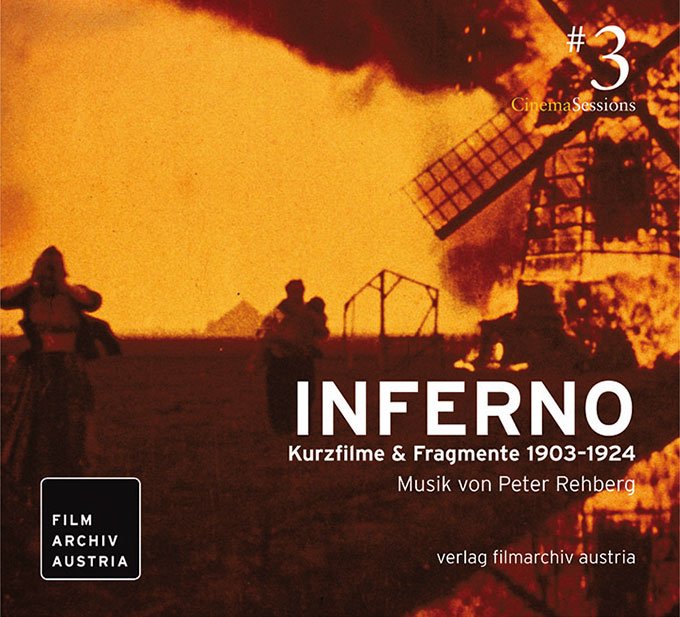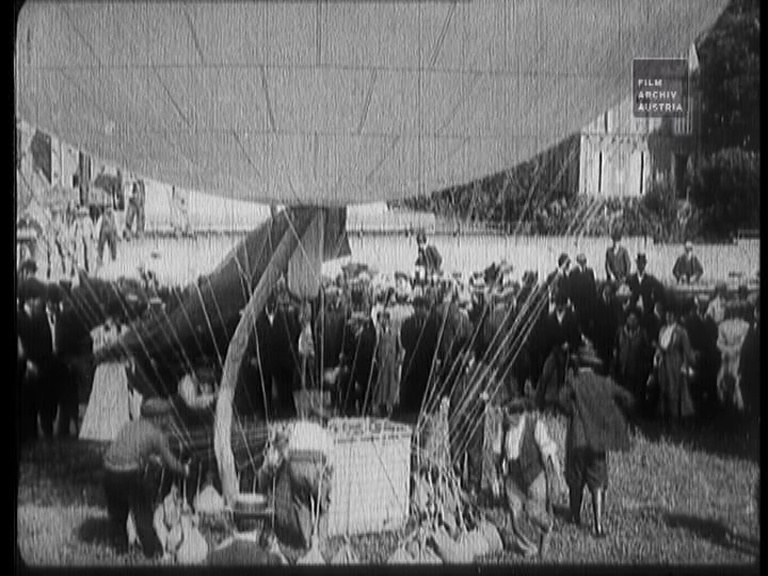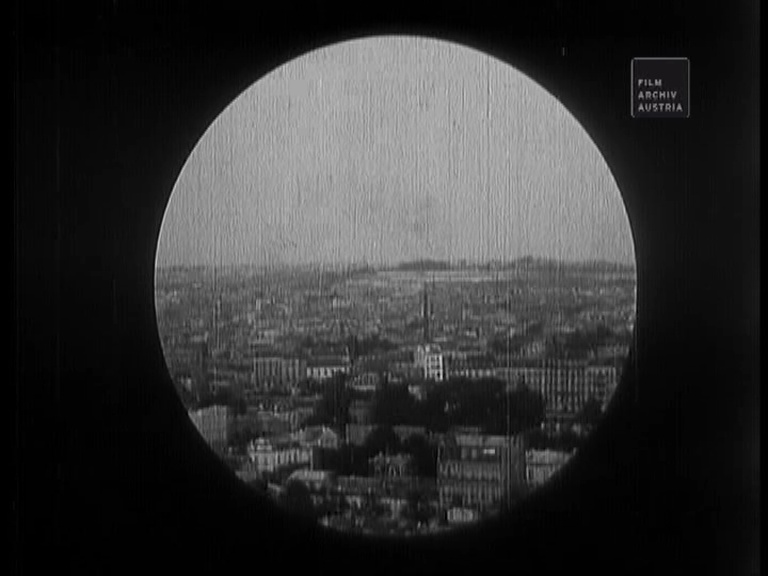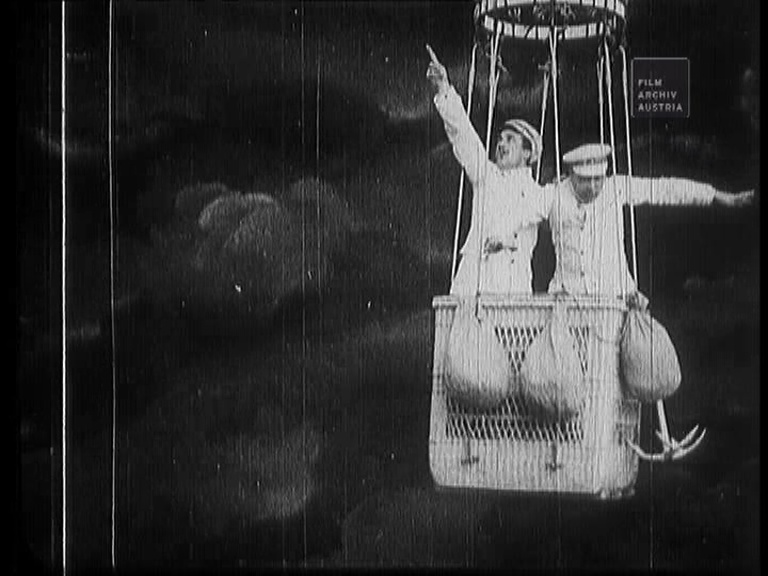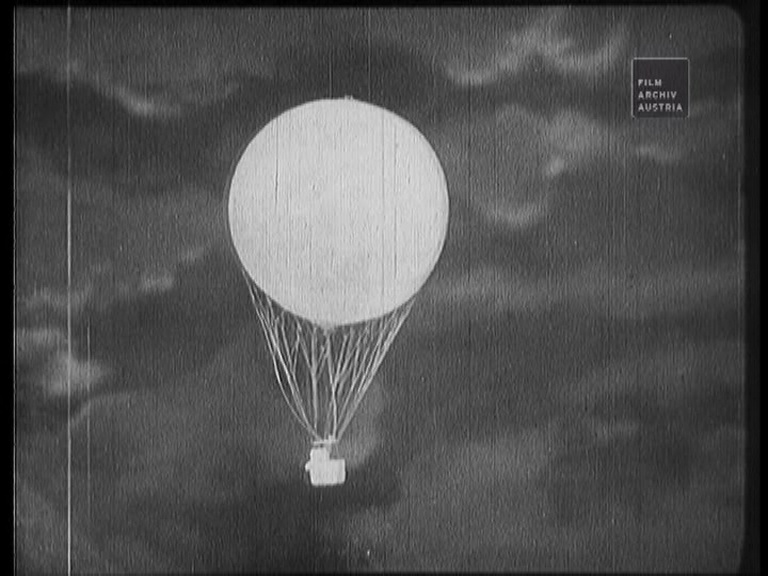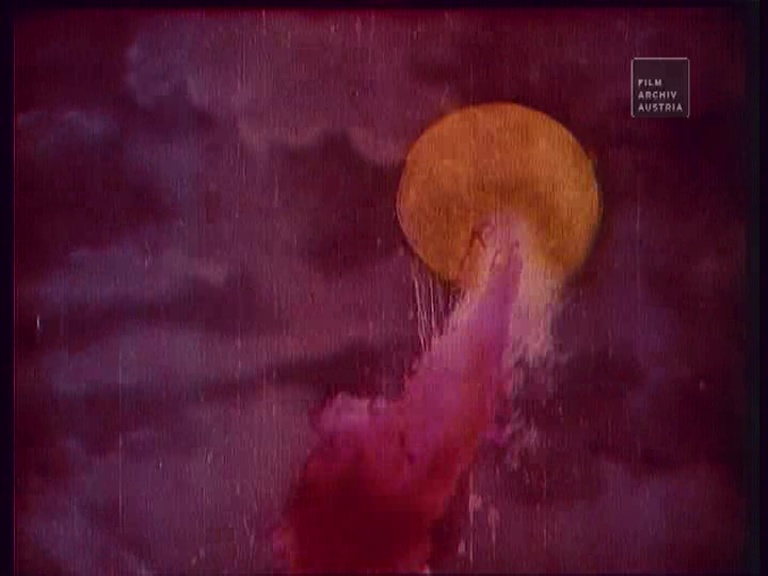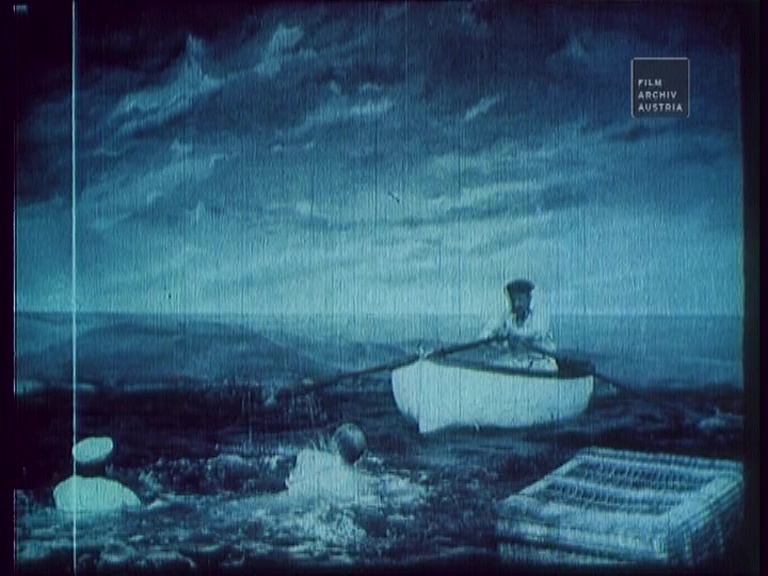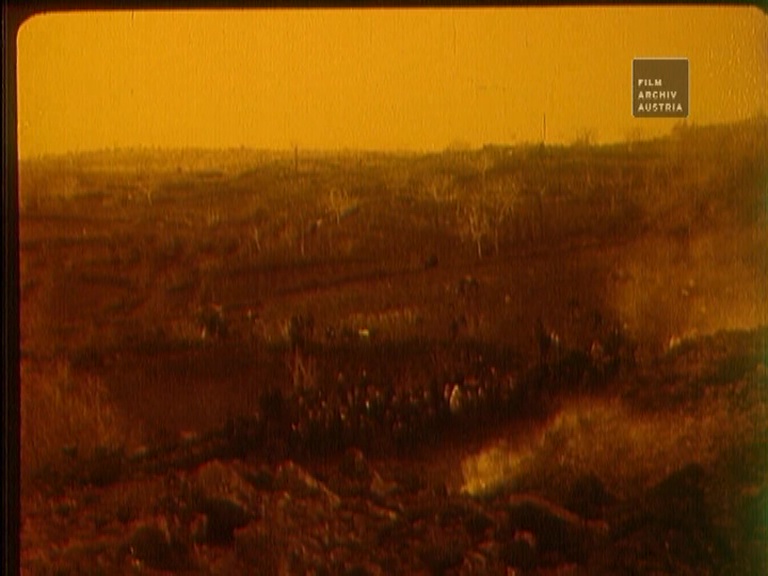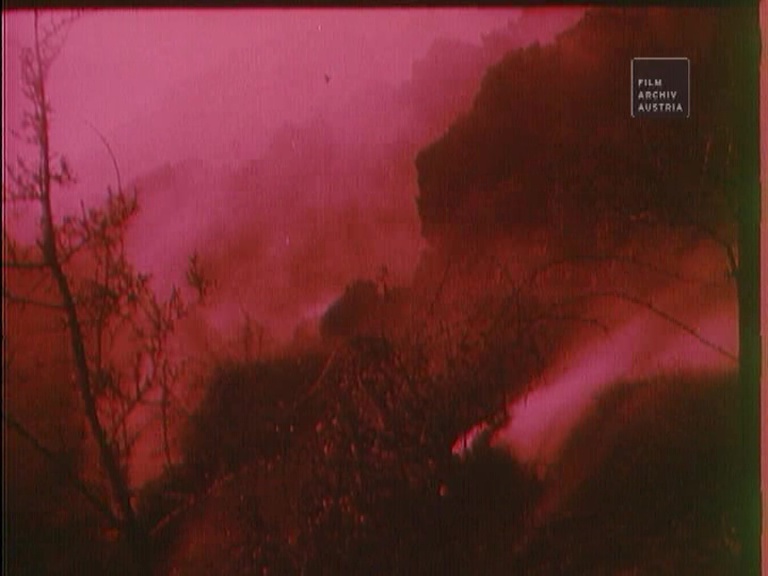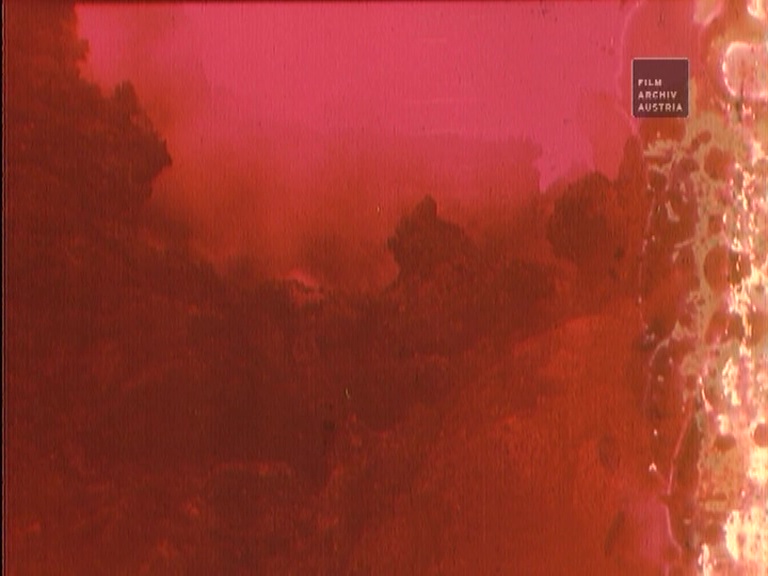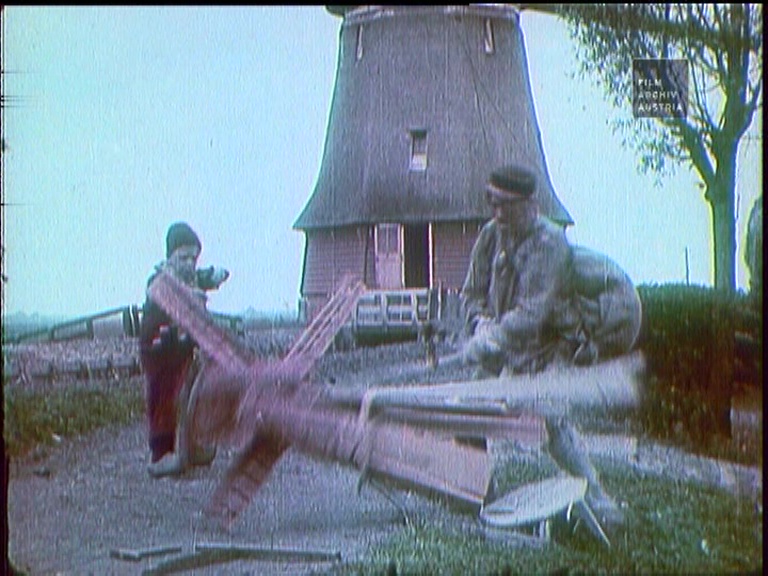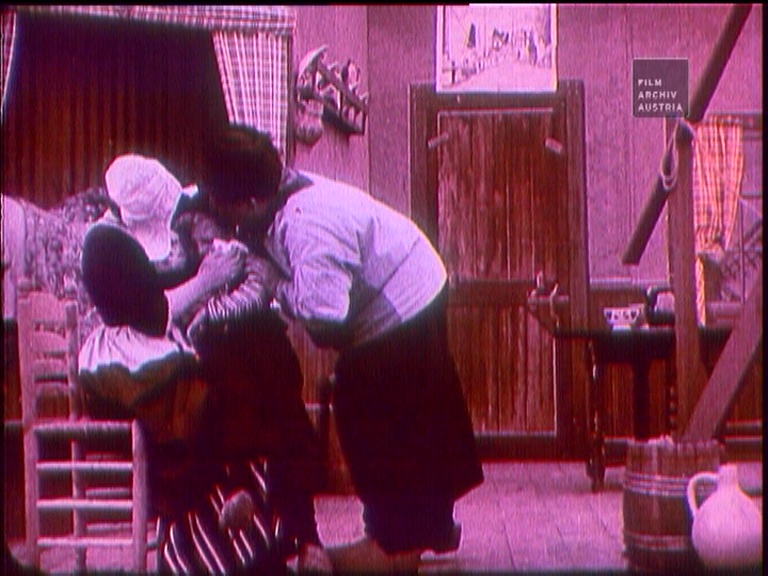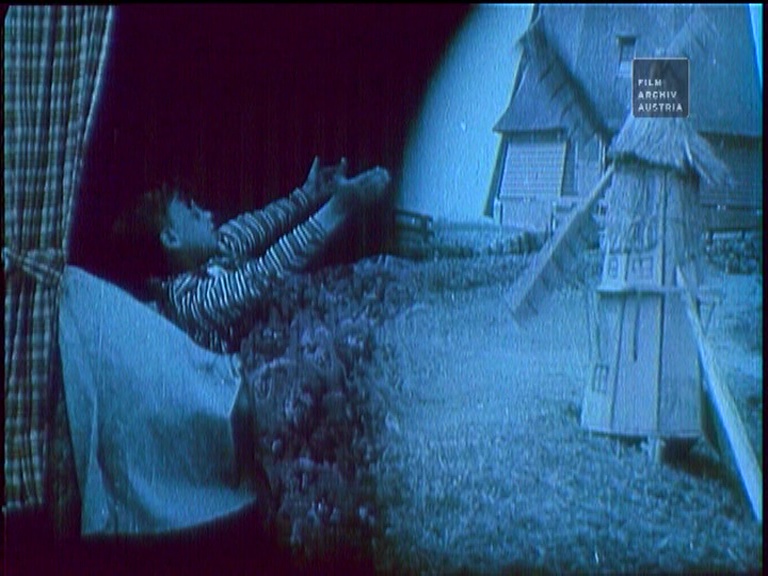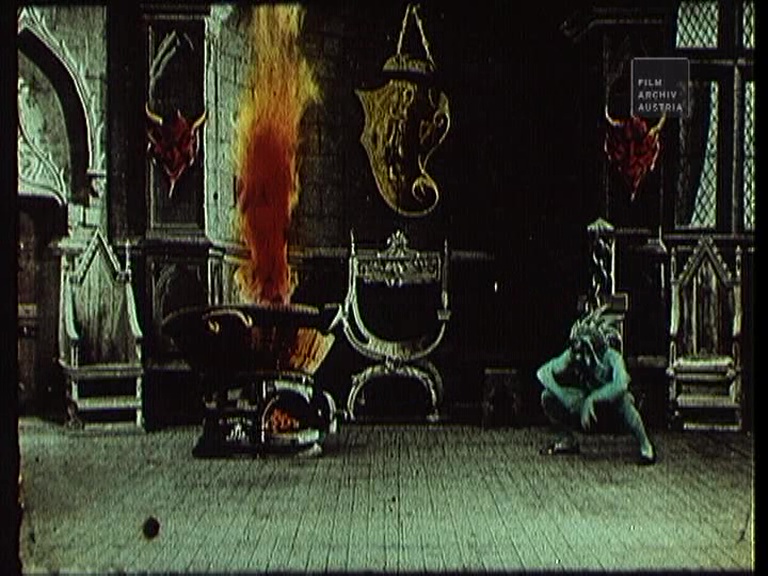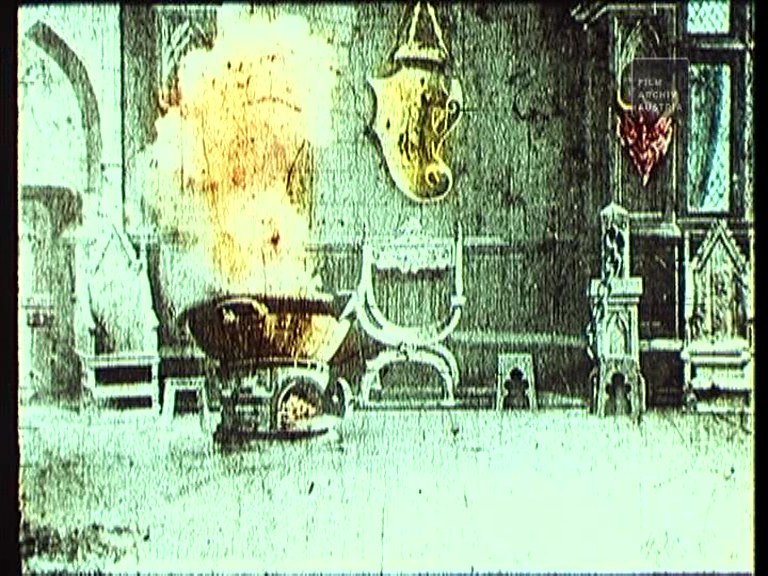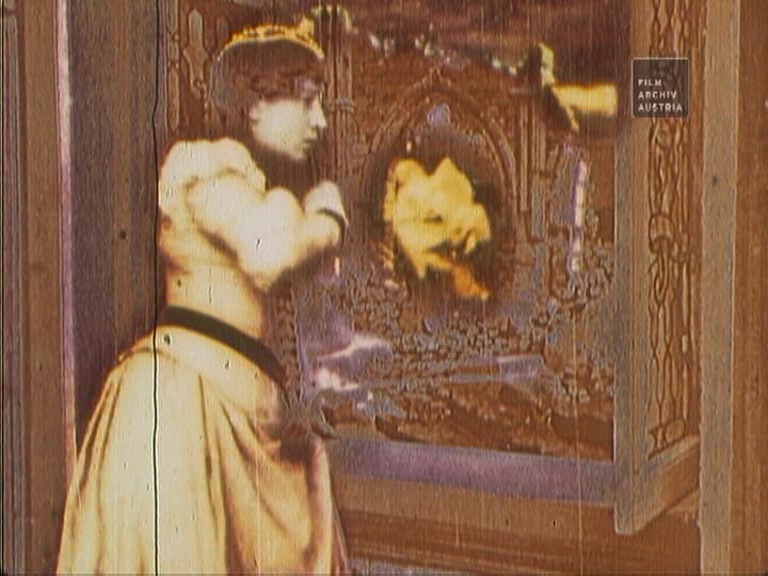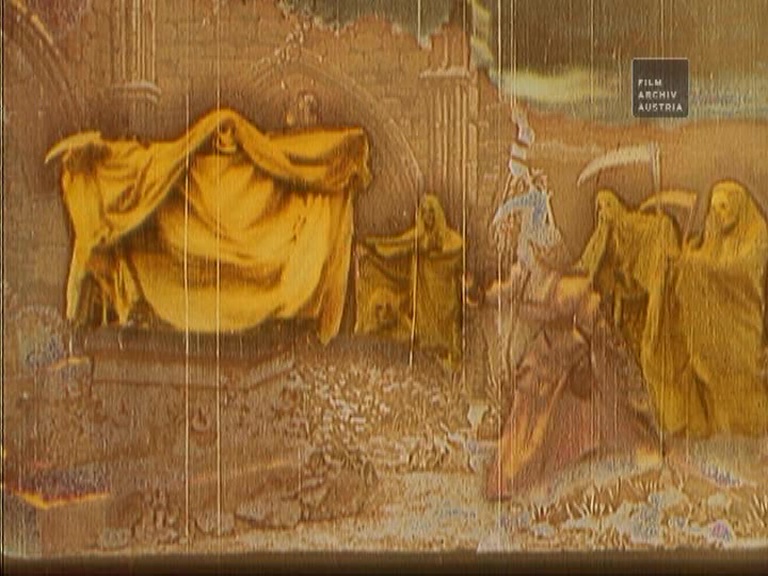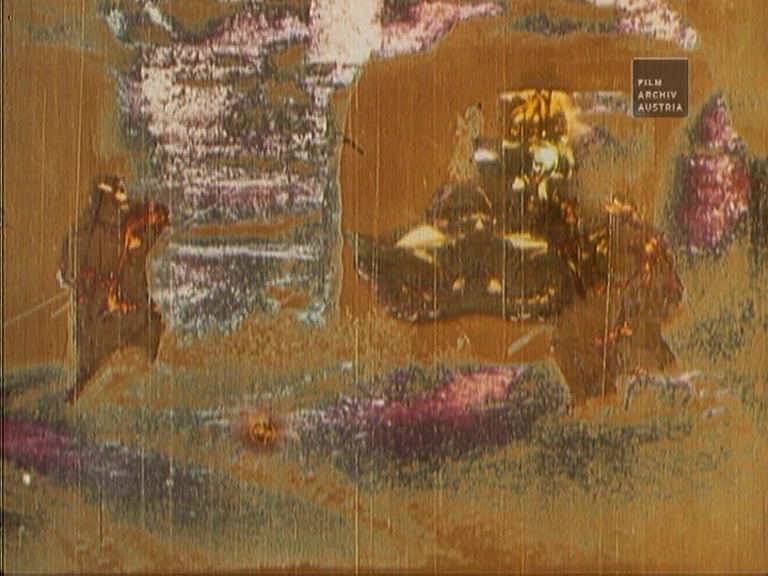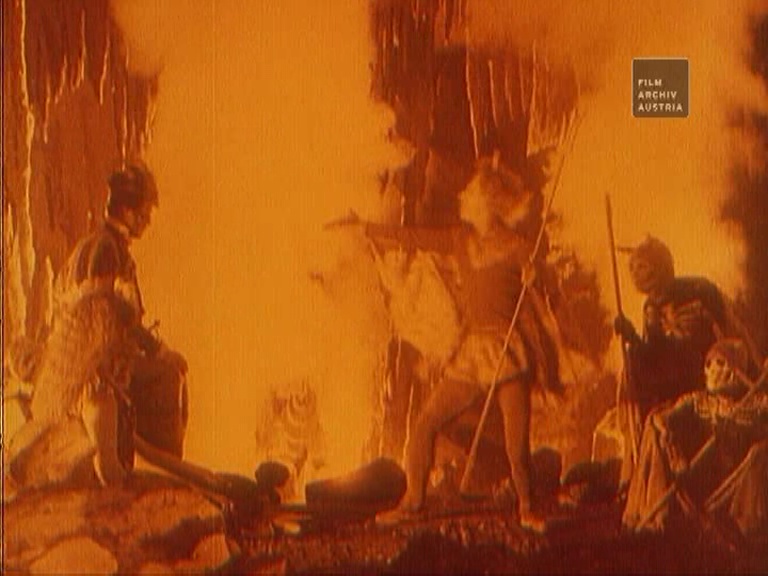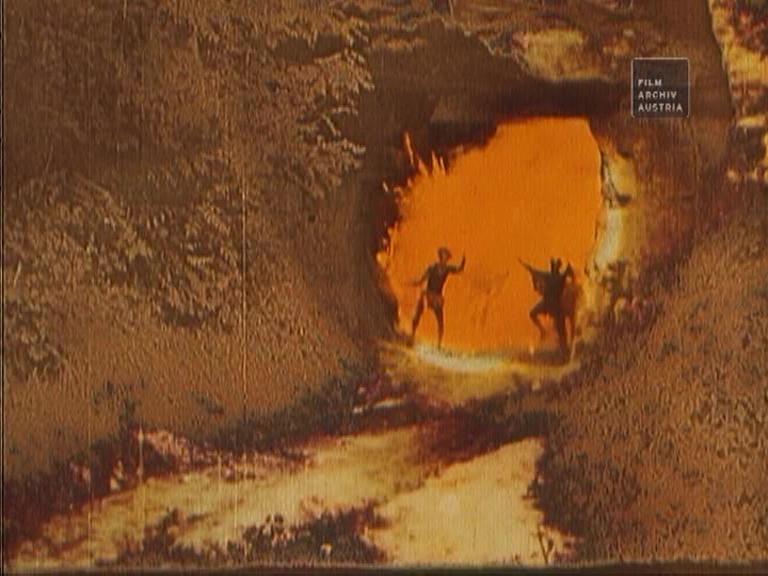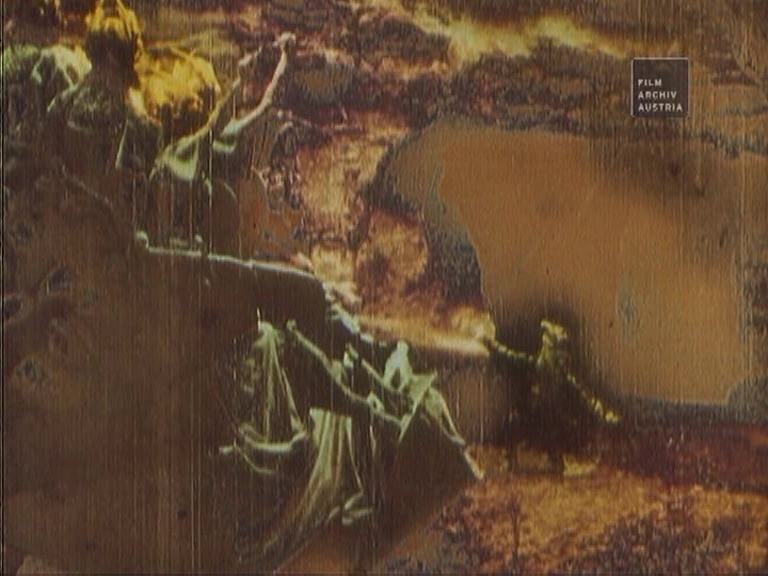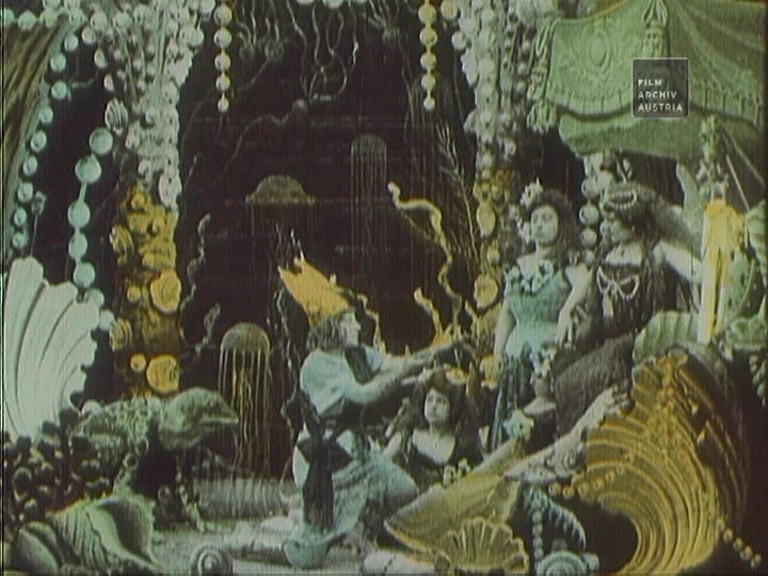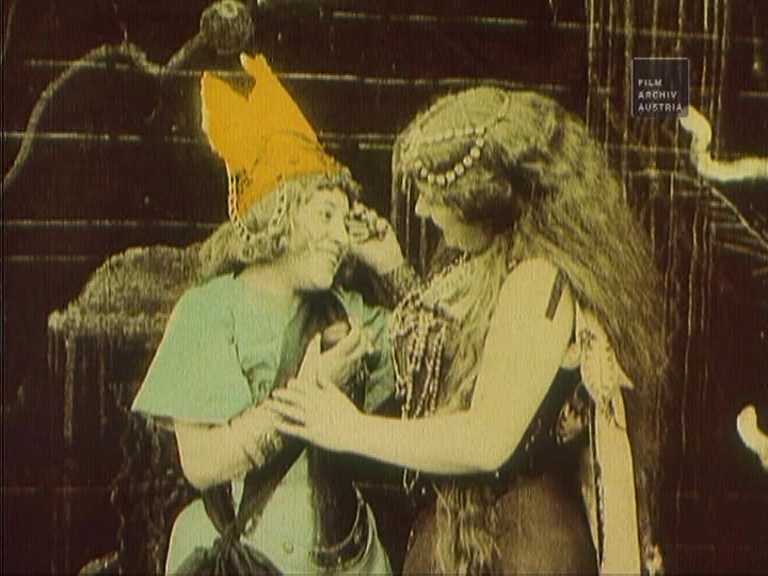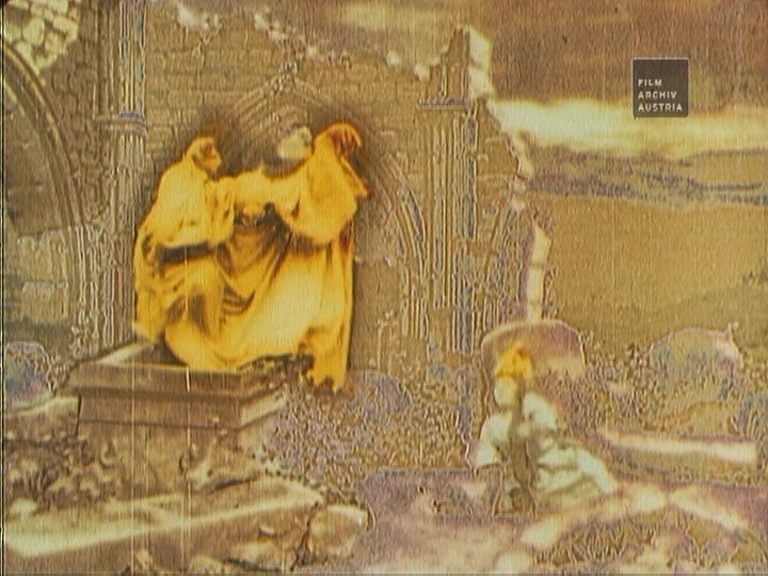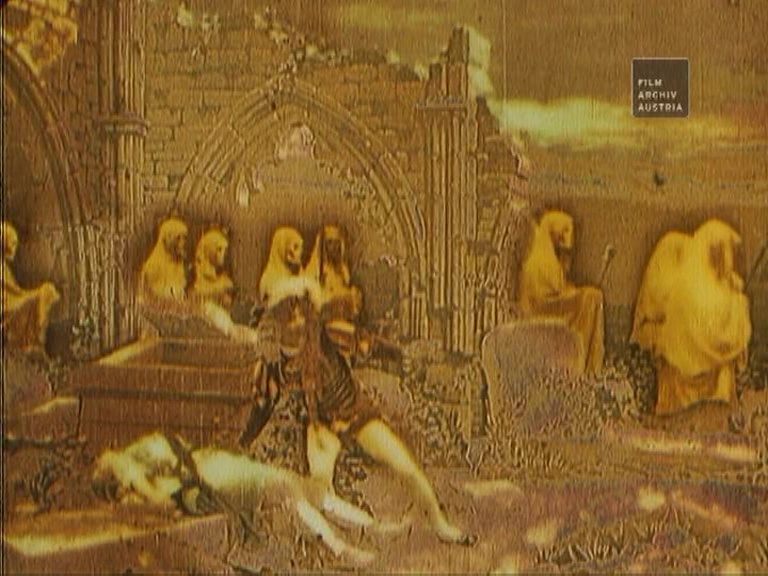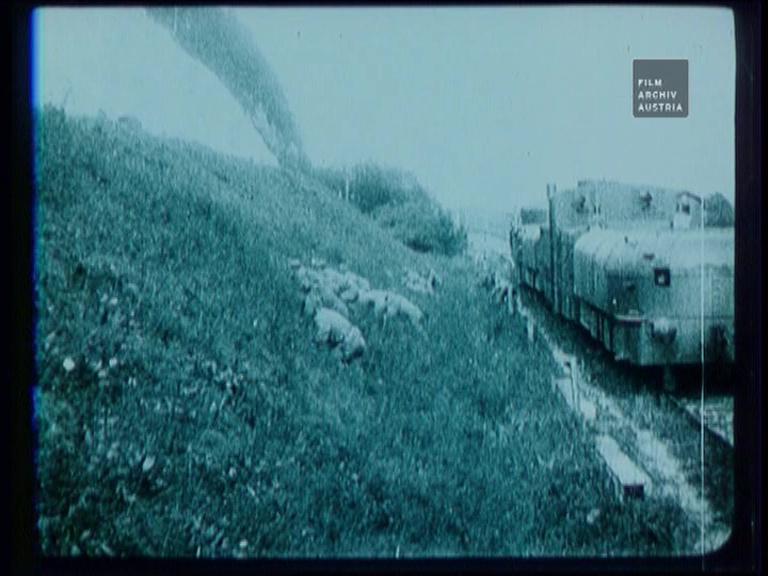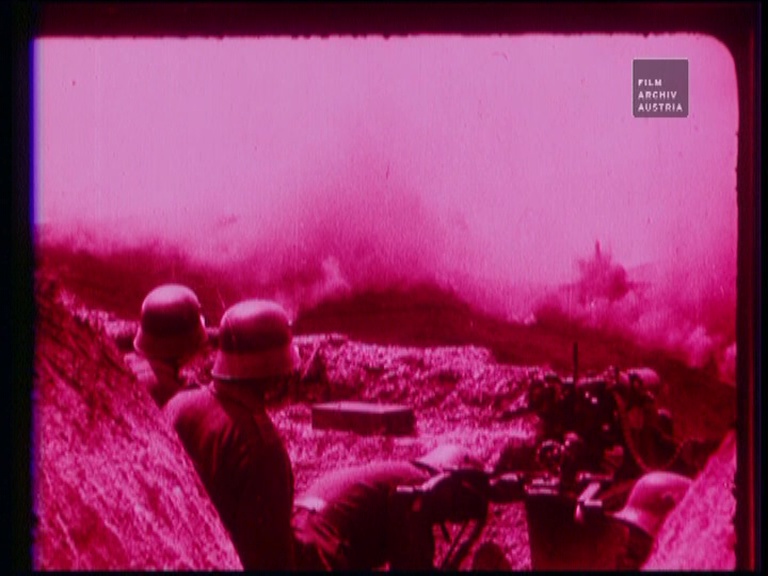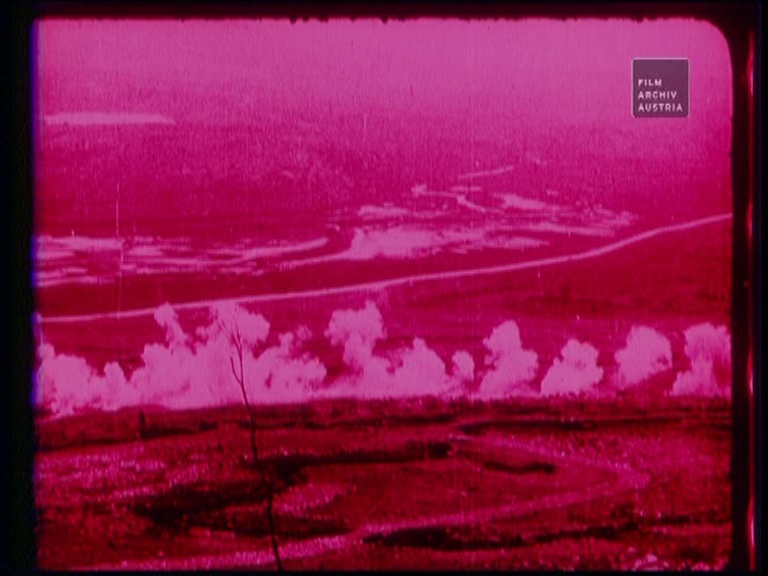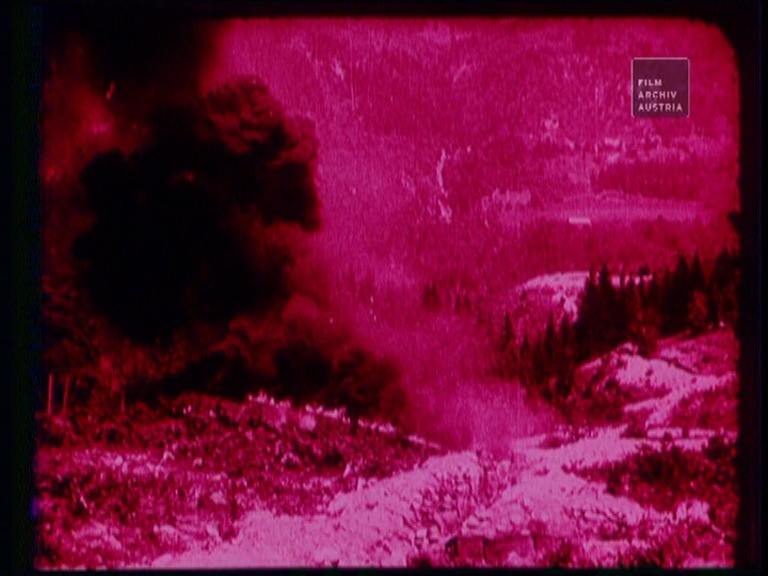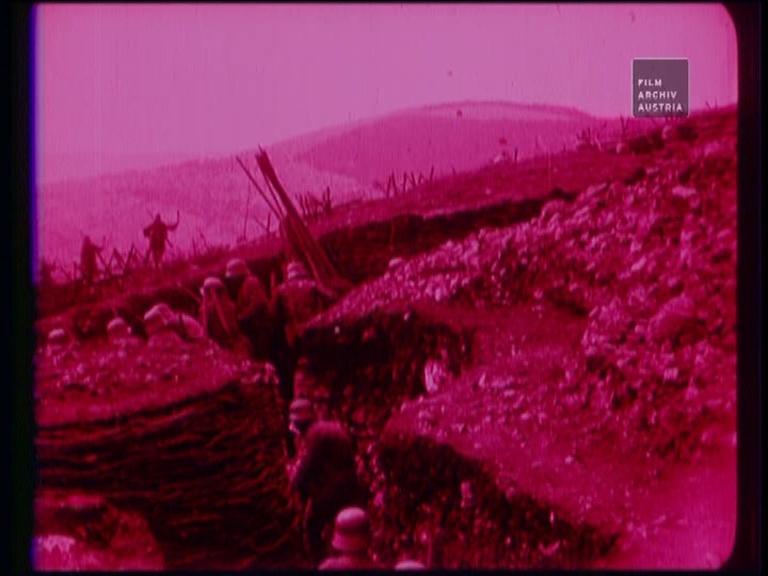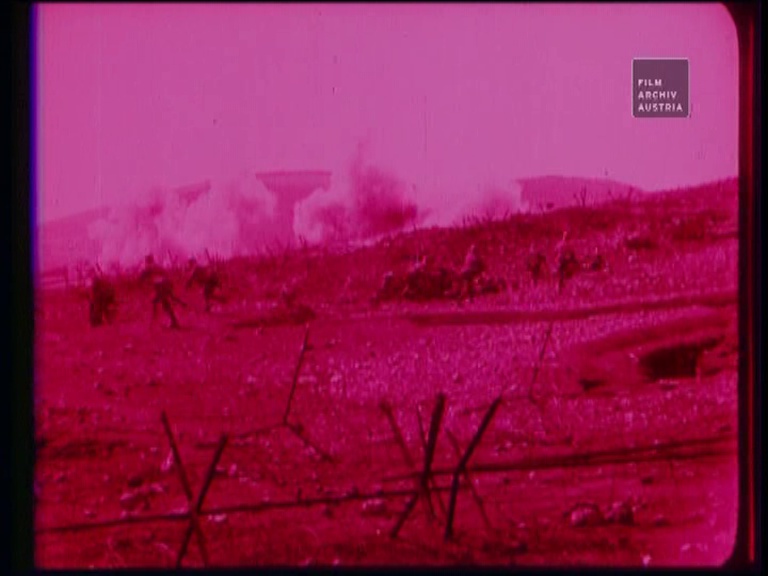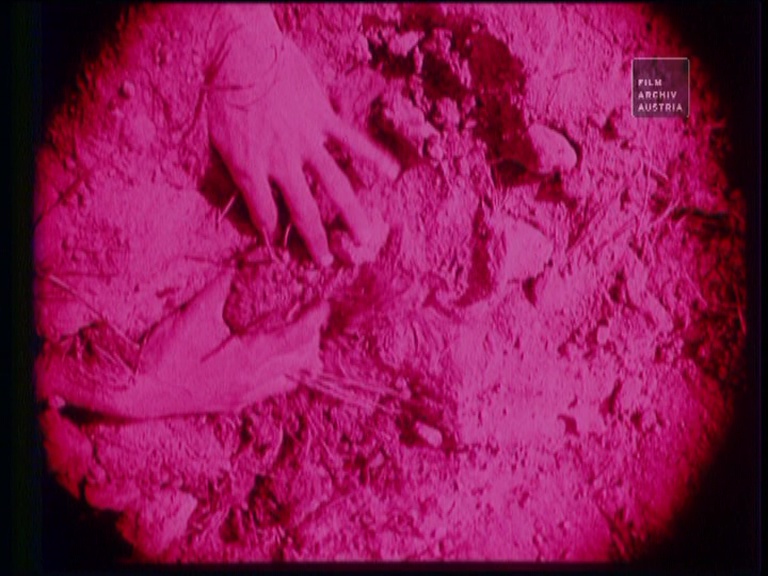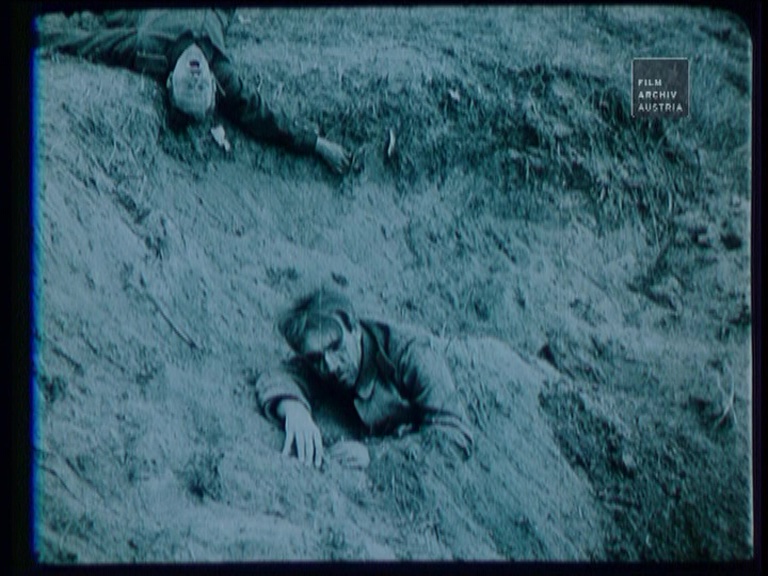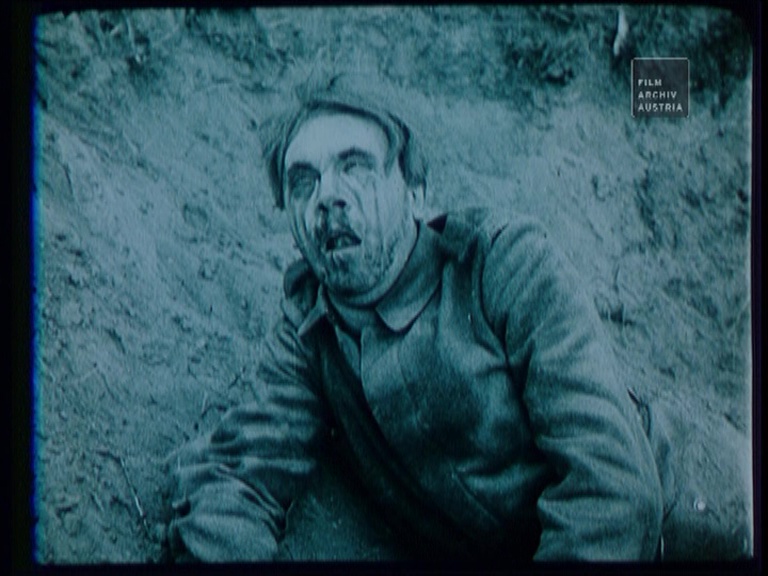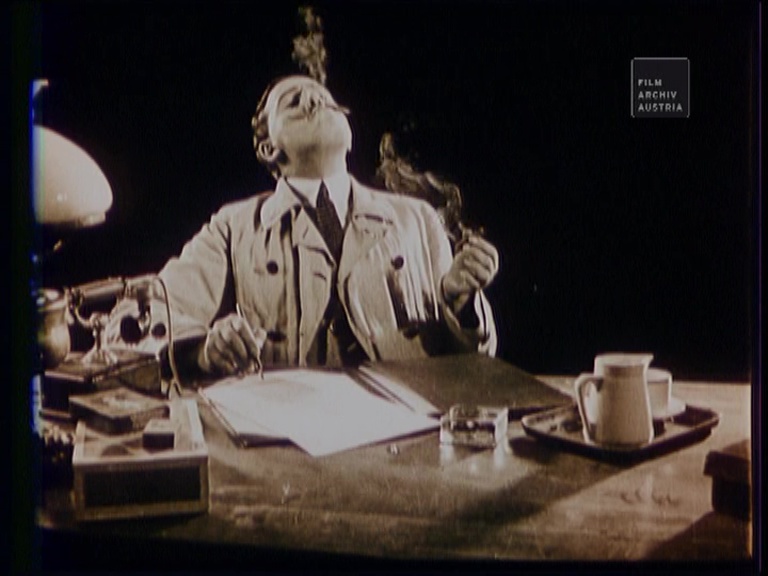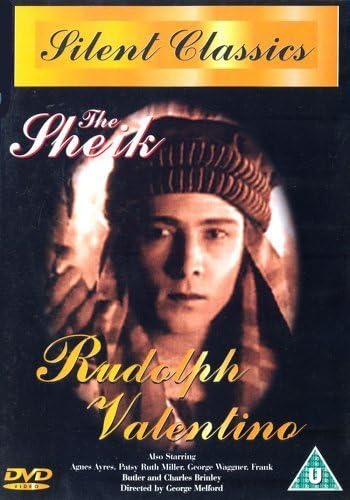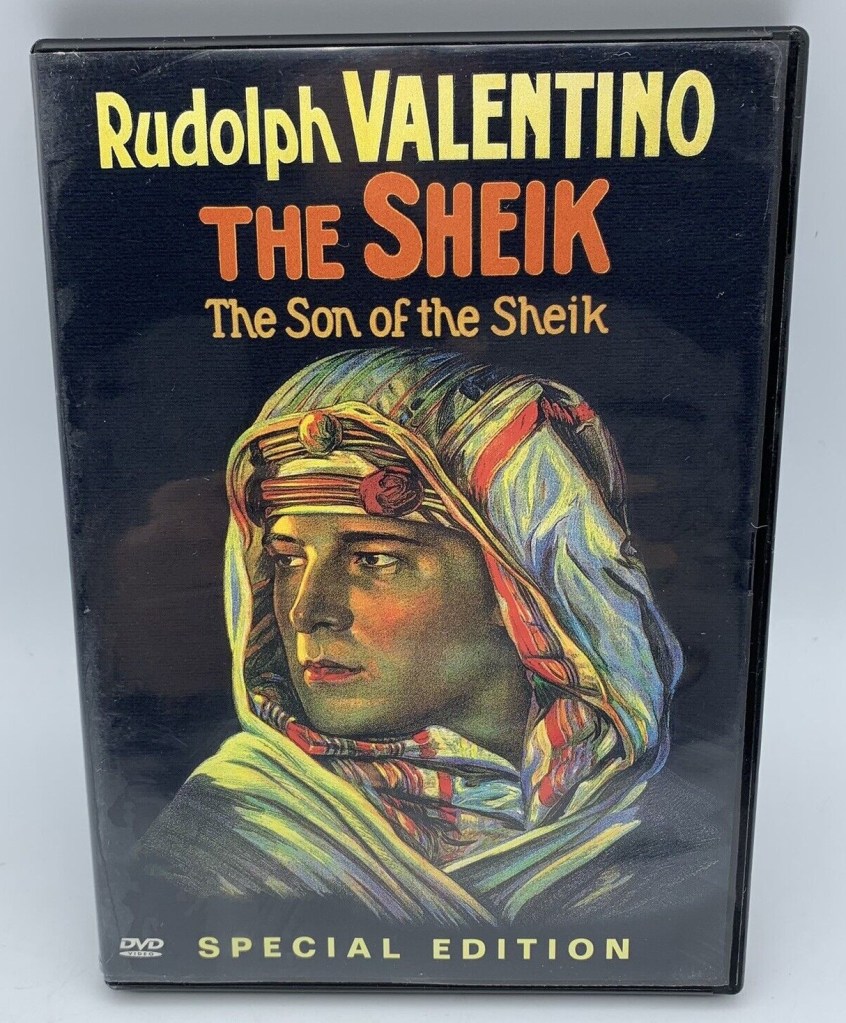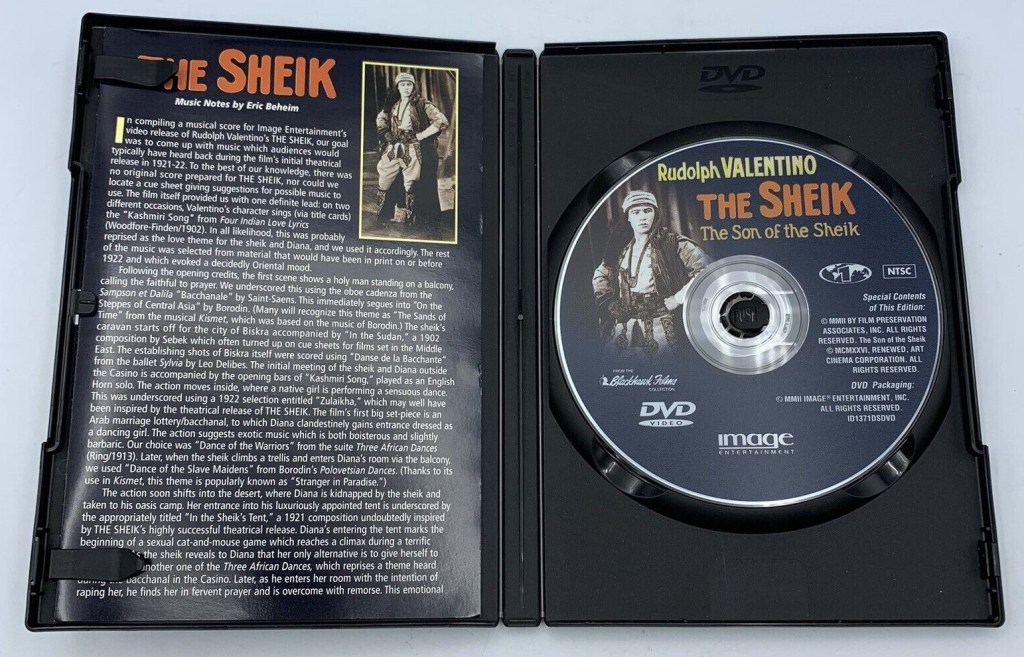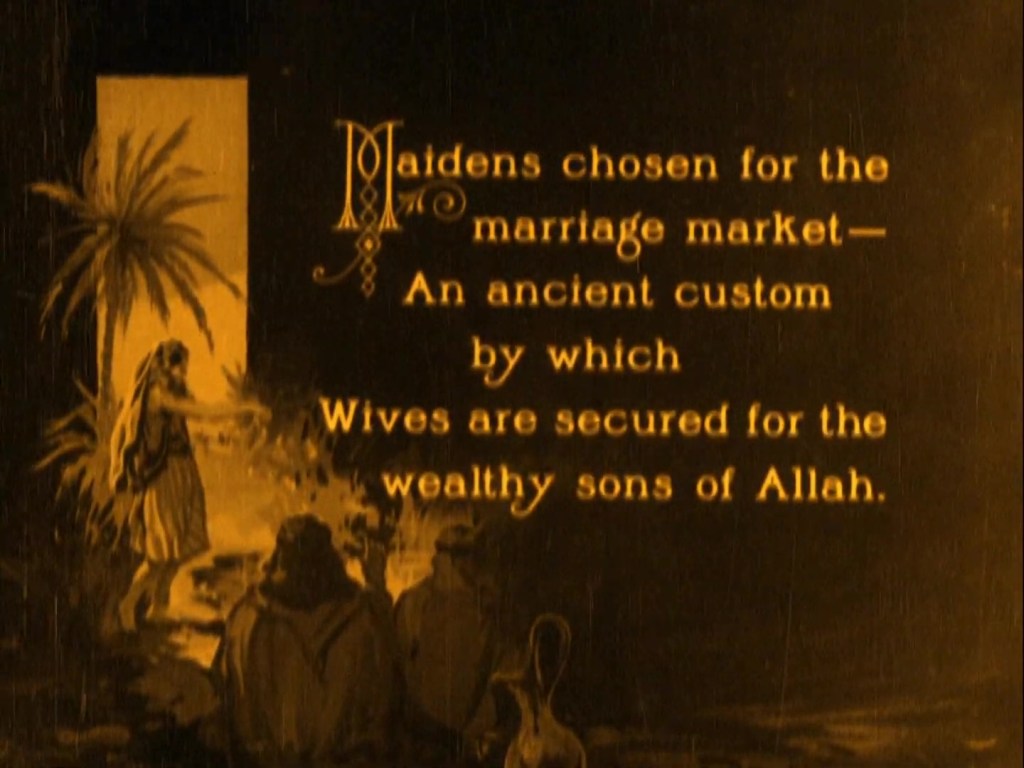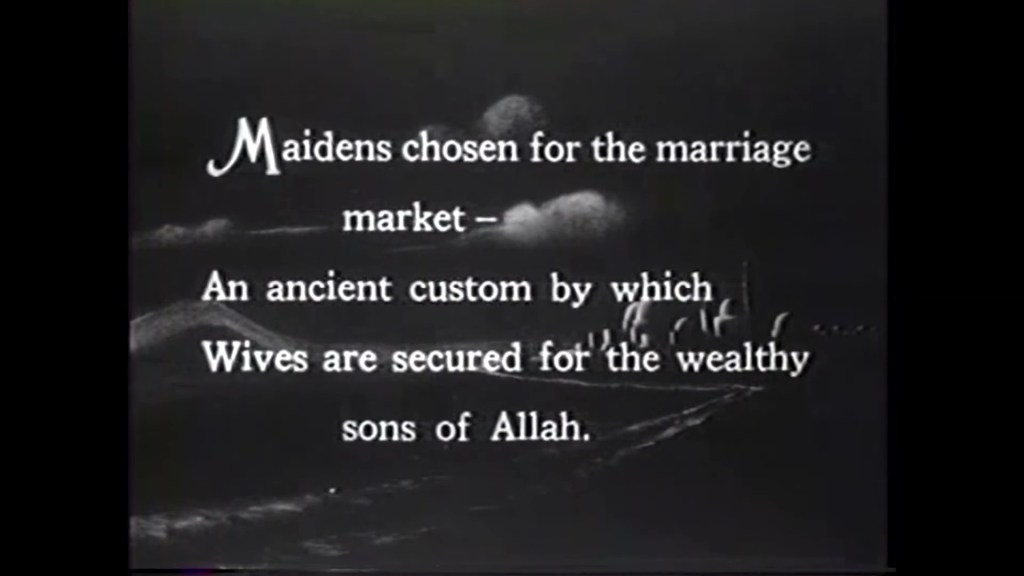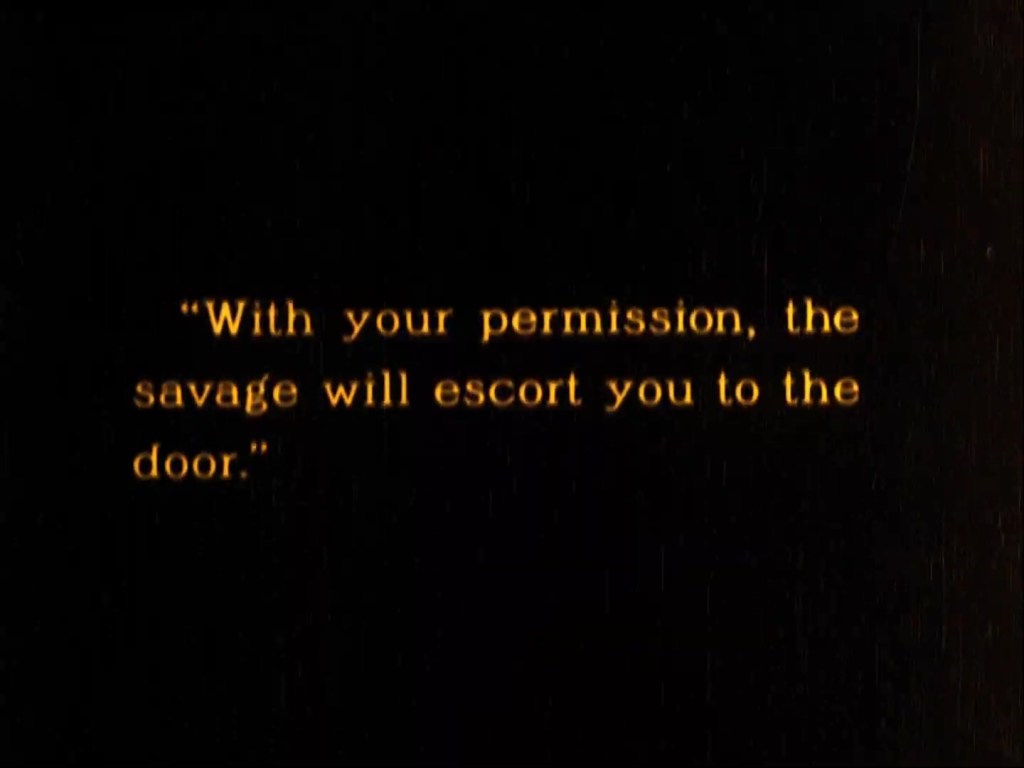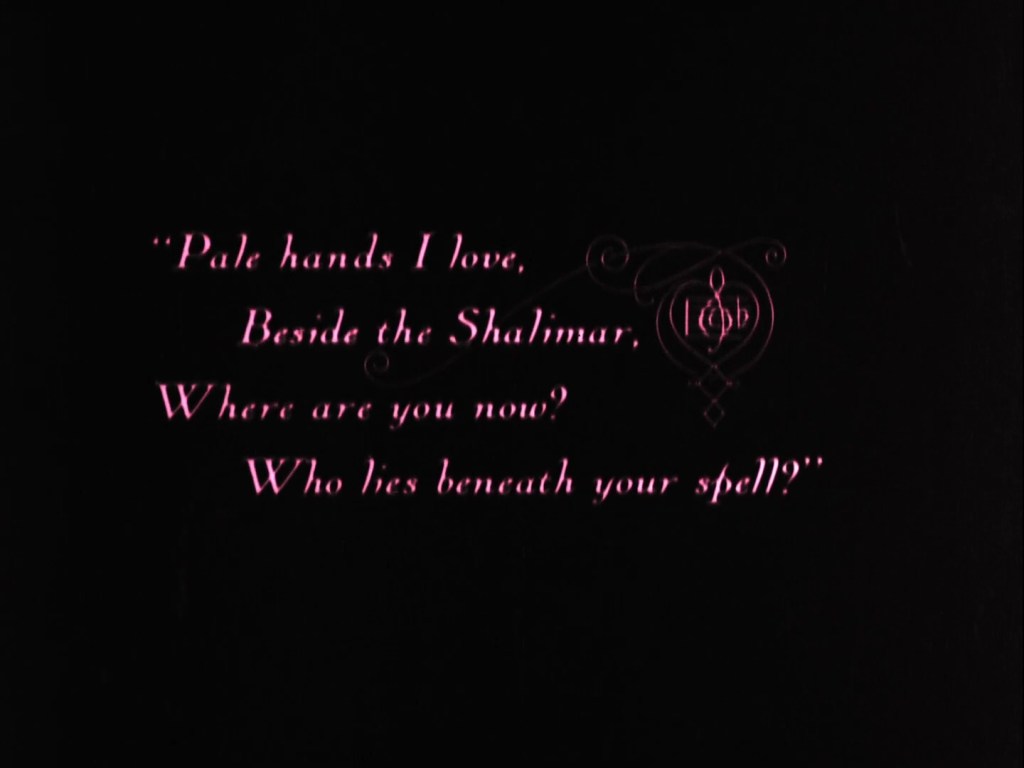Last year I wrote about the Film Preservation Society’s Blu-ray of The Three Musketeers, released for the hundredth anniversary of the film in 2021. Since then, Cohen Media released another version of the film in a Blu-ray package which also includes The Iron Mask (1929; US; Allan Dwan). The Cohen Media release is an entirely separate restoration to that of the Film Preservation Society. Scanned in 4K and transferred at 21fps, the Cohen release looks excellent – but it is presented entirely in monochrome. As I wrote in my previous post on thefilm, The Three Musketeers was designed to be shown with extensive tinting – including use of the Handschiegl colour process to render D’Artagnan’s “buttercup yellow” horse. In recreating these colour elements, the Film Preservation Soceity’s restoration is visually superior. But where the new release is decidedly stronger is in its musical accompaniment, and it is this soundtrack that I want to write about here.


In 1921, Louis F. Gottschalk assembled a score for The Three Musketeers that was performed by an orchestra for the film’s first run. The music survives, but it has not been well treated in its modern realizations. The soundtrack for Kino’s old DVD edition of the film featured the Gottschalk score “performed by Brian Benison and the ‘Elton Thomas Salon Orchestra’”. Sadly, this “orchestra” wasn’t an orchestra at all, but a collection of synthesized MIDI files. Though I have listened to this rendition of Gottschalk’s music, I still wouldn’t claim I’ve heard the real thing. Budget-saving soundtracks will be familiar to anyone who has collected enough home media release of silent cinema over the years. It’s a familiar history of “orchestral scores” not performed by orchestras, of original music being rendered null by synthetic sound or else replaced entirely. I remember struggling to enjoy much about The Three Musketeers when watching the Kino release. The aesthetic effect of this synthetic soundscape is the homogenization of musical rhythm and timbre, and its computerized tones ensure that the acoustics are divorced from human performance. Put bluntly, the assemble of MIDI files is a bland, insipid procession of synthetic sounds that makes me squirm in my seat. Even if Gottschalk’s music were more varied or exciting (and it isn’t really either of these things), this realization renders it null and void on the soundtrack.
The Film Preservation Society’s Blu-ray release of The Three Musketeers in 2021 featured a score arranged by Rodney Sauder and performed by the Mont Alto Orchestra (a six-piece ensemble). But even if it consists of real musicians playing real music, this “orchestra” cannot produce an orchestral soundscape. My earlier piece discussed how the score frequently lags behind the film’s action, and (above any other factor) struggles to match the scale or richness of the world presented on screen. By contrast, the Cohen Blu-ray features a new orchestral score arranged by Robert Israel and performed by the Moravian Philharmonic Orchestra. And yes, the Moravian Philharmonic Orchestra is an actual orchestra. Despite the claims of the last two home media editions, Israel’s score is the first truly orchestral score this film has received.
Right from the off, the difference is apparent. When the film’s opening titles appear, we get a brassy, boisterous theme—the whole orchestra is up and running. It sets the tone of the film perfectly. It sounds like a period score (i.e. one from the 1920s) while also evoking the kind of music more familiar from this genre in later decades. (One can imagine Errol Flynn arriving on screen just as much as Fairbanks.) The music also captures the tone of Fairbanks’s adventure: excitement, drama, and (above anything else) fun. The period of the film’s setting is soon evoked through baroque turns of phrase and instrumentation. For the domestic scenes with Queen Anne and her staff, a harpsichord forms part of the orchestral texture; then, organ and bell appear for the introduction of Father Joseph. Period, character, and tone are all created and developed with the choice of melody and orchestration.
Israel’s orchestration also makes room for smaller combinations of instruments and soloists. It can alternate between the chamberlike scale that introduces D’Artagnan’s home and father with the brassy fanfare for D’Artagnan himself. There also little gags made musical by Israel’s instrumentation. The little bassoon solo that accompanies the comic figure trying to escape D’Artagnan’s first fight with Rochefort at the inn. Or, when D’Artagnan has just bought his new hat in Paris, the descending glockenspiel scale that signals someone chucking out a bucket of water into the street. The same little gesture occurs again when D’Artagnan trips up on the steps of Bonacieux’s shop. The glockenspiel motif thus becomes one not just of a sight gag, but of D’Artagnan’s social embarrassment.
The greater variety provided by Israel’s orchestral forces means that, even when very familiar pieces are used, you do not get the impression of direct copy-and-paste musical assembly that you sometimes do with smaller ensembles. The melody that accompanies a scene between Queen Anne and King Louis (from Saint-Saëns’s prelude to Le Déluge (1875)) is one that I’ve heard used many times over in silent film scores. (Indeed, I’m sure I’ve heard Israel use it before in his other work.) I’ve heard it reduced for a small ensemble, for a duo with piano, for… well, god knows what else; I’ve heard it well played, poorly played, indifferently recorded, badly recorded. It gets used a lot. What makes it work in Israel’s score for The Three Musketeers is hearing its proper treatment: the violin taking the melody, with strings providing an underlying rhythm, by turns consoling and agitated. The tempo modulates across the scene, quickening as the King interrogates the Queen. The strings sometimes divide into multiple parts, then settle back into their united rhythm. Brass occasionally supports the strings, either to emphasize the return of the main melody, or else to add weight to a particular beat on screen. Even in repeating the same melody, the orchestral timbre provides a shifting soundscape across the scene. What can sound thin and trite when performed by a tiny ensemble has greater depth and gravitas when rendered (as Saint-Saëns originally intended) for orchestra. Give a well-worn theme musical body, greater acoustical depth, and it assumes a kind of grandeur. Put simply, it’s nice to hear a melody written for orchestra actually played by an orchestra.
A real orchestra also makes such a difference to the sense of the film’s scale. Early in the film, D’Artagnan approaches the city that is his destination, and his destiny. There is a title card announcing, simply: “Paris—”. The extended hyphen, which I always like to see, gives us a sense of expectation. It’s as if no more need be said, for Paris is, well… Paris—! This is D’Artagnan’s first experience of Paris, and it’s our first sight of the film’s Paris sets too. It’s a moment and it demands a response from the music. Israel gives us that response. After a few bars of silence that accompanied the previous title and transition, the full orchestra enters at a rapid tempo, responding to the excitement of seeing the city’s grand gates, its tall façade of houses, its bustling streets. This is a proper sense of musical boisterousness for a scene of visual boisterousness. (Compare this with the MIDI score on the old Kino DVD, or the music offered by the Monte Alto Orchestra. Even if the choices of music had been grander, the difference in sonic scale is tremendous. Israel evokes the bustling streets of Paris, the other scores only summon small provincial marketplaces.) Israel’s orchestral forces also have a greater ability to directly reflect sound being produced on screen. Fanfares on screen are accompanied by fanfares in the orchestra. A tambourine struck on screen becomes a tambourine struck in the orchestra. It makes the world on screen more tangible, more directly translated into the sound that occupies the acoustic space of the viewer.
Part of what impressed me was also the subtler shifts of motif within individual sequences. This is music that can shift gear quickly and effectively. Sometimes, only a few bars of a piece are used before segueing to the next. For example, Comte de Rochefort is introduced with a motif from the sinfonia of Verdi’s Luisa Miller (1849). When we first see this character at the inn of Meung, we just have time to register the melody before D’Artagnan enters the scene and the music shifts. Yet the melody recurs later in the film to remind us of this moment: when D’Artagnan sees Rochefort from a window in Paris, there is the theme again—more pronounced, carrying greater orchestral (and narrative) weight. Again, the music shifts gear and moves along… Near the end of the film, for D’Artagnan’s fight with Rochefort and his men, followed by the rooftop escape with Constance, Israel again uses the motif from Luisa Miller, but segues rapidly into Berlioz’s frenetic overture Les Francs-juges (1828). The switching from motif to motif is marvellously assured and effective. It gives the impression of a continuous musical intelligence, even though it is made up of music taken from many different sources and periods.
Many times, I was struck by how Israel’s choices make the drama more… well, dramatic. Take the scene in which Richelieu tries to keep D’Artagnan talking long enough for an assassin to kill him. Richelieu’s line, “If you were about to die, what would you do?”, is invested with real weight by beat of the timpani that underscores the moment. Then the switch to a march motif, complete with snare drum and little flourishes in the brass, makes D’Artagnan’s reply as bold and brassy as it is. The climax, when D’Artagnan makes his daring escape past the Cardinal’s guards, suddenly brings in the whole orchestra swelling into D’Artagnan’s own musical theme. The music makes the moment as thrilling, charming, and satisfying as it ought to be. Switching from motif to motif, this whole sequence worked for me in a way that it never quite did with previous scores.
There is also the pleasure of recognizing pieces of music that arrive out of the blue. For example, in the final court ball sequence, we see live music and dances being played on screen. Israel’s score accompanies the scene with a delightful orchestration of a seventeenth-century melody I recognized as one of Michael Praetorius’s terpsichorean dances (c.1612). (Rechecking my CD liner notes, I find that the melody—a bourrée—originates with Adrianus Valerius (c.1575-1625). Praetorius collected it as part of his series of 300 dances based on popular contemporary melodies from across Europe, especially France.) There was delight in recognizing the music (a quite fabulously catchy little melody) but delight too in the way Israel’s treats it. His score offers a small-scale, period arrangement of the music, then suddenly alters to bring in brass and strings whenever the scene cuts away to exterior scenes of intrigue.
So, in summary, this is a really excellent score. More than just well selected (i.e. appropriate for what’s happening on screen), Israel’s music is warm, charming, and immediately accessible. It is intelligent and emotive, subtle when it needs to be and obvious when required. Though it matches the action through tempo and instrumentation, there are also some very pleasing moments of synchronization. (I’ve already mentioned some comic touches with the glockenspiel, but a scene that brought particular satisfaction was Rochefort’s final clash with D’Artagnan. This sees a more extensive use of Luisa Millar motif, Rochefort’s theme, and Israel times the brass perfectly with several thrusts of his sword in this last scene. It’s a really lovely touch.) Israel’s score for The Three Musketeers in fact pairs very nicely with the wonderful Carl Davis score for The Iron Mask, which is also on the Blu-ray. The latter was recorded by the City of Prague Philharmonic and featured on the 1999 DVD release of the film. It’s curious that the films each have music performed by Czech orchestras (dare I say that rates are cheaper there than in the US?). Occasionally, Israel’s orchestra sounds as though it needed a couple more run-throughs to really gel. (By comparison, the Davis recording—made some quarter-century earlier—sounds not merely professional but polished.) But this is a very minor reservation indeed. Israel’s score sounds much better than many silent soundtracks, and I rejoice at being able to hear it. If only it accompanied the Film Preservation Society’s restoration of the film!
Paul Cuff
